Win Two Tickets to Visit Plitvice Lakes National Park with TCN!
June 20, 2022 - Total Croatia News has organised a photo competition in collaboration with Plitvice Lakes National Park with the theme ''Croatia's Natural Beauty in Spring'', on the occasion of the official start of summer on June the 21st. The winner will be awarded two tickets to visit the largest and oldest national park in all of Croatia.
With spring drawing to a close and making way for summer, we think now is a good time to celebrate and highlight the photos our readers and followers have taken during these colourful months which boast Croatia's natural beauty. As such, Total Croatia News is pleased to announce the launching of this photo competition, a collaboration with Plitvice Lakes National Park.
Five photos will be chosen by a jury made up of members and representatives of Total Croatia News. These photos will be highlighted and shared on our respective websites and social media accounts, and one winner will win two tickets to visit Plitvice Lakes National Park.
How can I participate?
The steps to participate in the photo competition are:
- Share your photo on your Instagram profile (your profile needs to be public).
- Be sure to include the location where you took the photo. It can be on the photo, or below in the caption.
- Use the hashtag #TCNxPlitvice
- Tag @totalcroatianews and @plitvicelakesnp
- Follow @totalcroatianews and @plitvicelakesnp
That’s it! You're now participating! Remember that you can only participate once and submit just one (1) photograph.
The deadline for submitting your photo is on Friday, July the 7th at midnight. Photos with a later date will not be placed in participation in the contest.
Don't forget that:
- The theme of the competition is “Croatia’s Natural Beauty in Spring”. All photos around Croatian cities, towns, national and nature parks are allowed, but we encourage you to highlight the nature that surrounds you.
- The following are allowed: photographs taken with smartphones, non-professional digital cameras, professional digital cameras, non-professional analog cameras, and professional analog cameras.
- The following are allowed: photographs of all styles, colours, angles, and orientations (vertical or horizontal).
- Not allowed: photographs that include obscene content or photos taken with drones.
For more information, rules, and FAQs, you can download the contest guidelines HERE.
For more on what to do and how to get to Plitvice Lakes National Park, check out our dedicated Total Croatia page HERE. Additionally, feel free to visit our 2021 guide on all Croatian National and Nature Parks HERE. Both are now now in whatever language you select from the list.
For more on travel in Croatia, follow TCN's dedicated page.
Zagreb to Dubrovnik: the Ultimate 10-day Road Trip Itinerary
21 February 2022 - It’s never the wrong time to start planning the perfect getaway to the paradise that is Croatia. We decided to give you a hand in planning the perfect 10-day road trip from Zagreb to Dubrovnik (plus some bonus island time!) that showcases the best the country has to offer.
The best way to discover Croatia is by car, giving you the freedom to go off the beaten path and chart your own adventure around the country, all the way from Zagreb to Dubrovnik.
Before we jump into it, do be aware that most car rentals in Croatia are manual transmissions! Automatic cars are available for rent, though mostly by larger rental companies like Sixt, and are more expensive.
If you’re not a confident driver, no need to worry, there are plenty of private bus companies that run daily trips to most cities and tourist attractions during the high season (June - September). In larger cities such as Zagreb and Split, bus schedules are also available online. Transfers between major ports and the islands are also regularly serviced by ferries and catamarans.
Day 1: Zagreb
Welcome to Zagreb, the capital and largest city of Croatia! Nicknamed the city of museums, Zagreb is home to over a dozen award-winning museums such as the Archeological Museum, with over 450,000 artifacts and monuments.
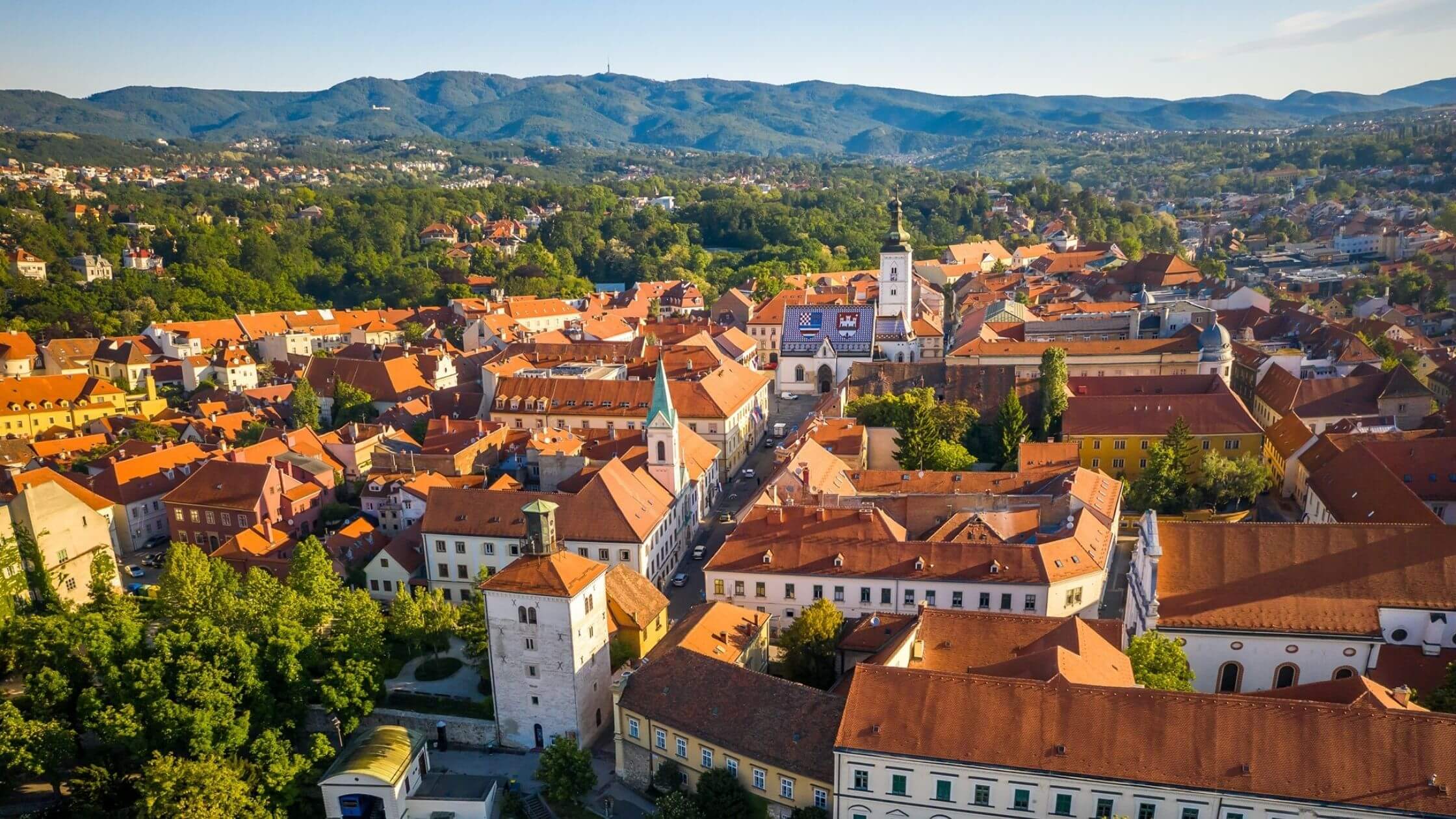
The gorgeous buildings of Upper Town in Zagreb. Visit Zagreb/Facebook.
Cultural landmarks of the city include Ban Jelačić Square which has existed since the 17th century, the Zagreb Cathedral, or the magnificent Croatian National Theater whose unveiling ceremony was attended by Austro-Hungarian Emperor Franz Joseph I. So, make sure you squeeze in some time for a walking tour to absorb the sights of Zagreb’s Old Town.

Evenings on Tkalčićeva Street, Zagreb. Visit Zagreb/Facebook.
Hungry? Head to Dolac market, Zagreb's main open-air farmers market to pick up some fresh, seasonal produce and souvenirs. You can also choose to end your day with a tasty meal and local wine from any of the excellent restaurants, bars, and cafes along Tkalčićeva Street.
Day 2: Rovinj
After a bustling day in Zagreb, the enchanting city of Rovinj is a splendid change of pace. Perfectly situated on the Istrian peninsula, the city boasts a rich heritage, from being settled by Venetian tribes, to becoming part of the Byzantine and Frankish Empires, all reflected in the diversity of the city’s architecture, art, and culture.
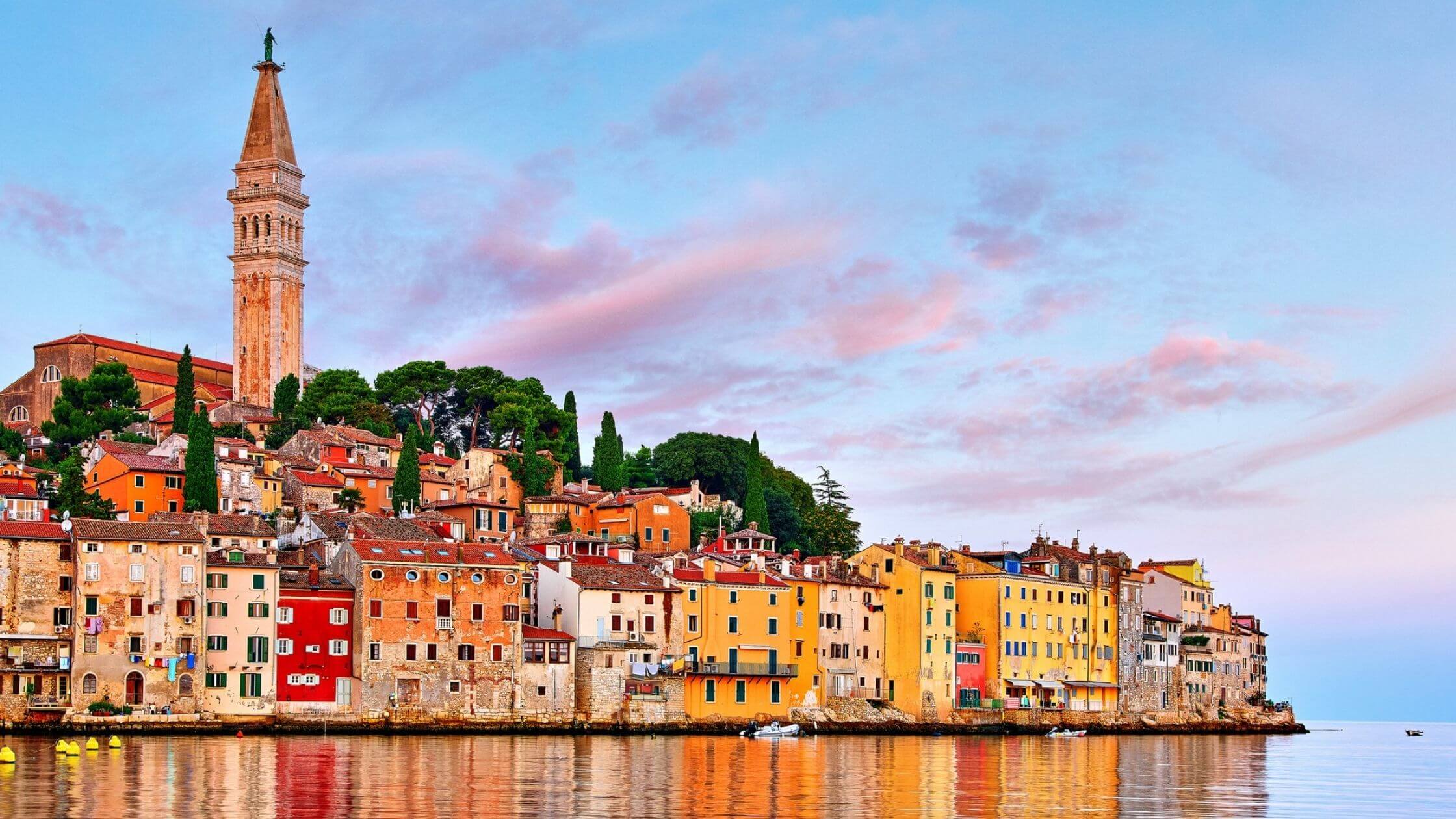
This stunning setting has been a popular film setting for movies such as "The Hitman's Wife's Bodyguard". Rovinj Tourist Board/Facebook.
Stroll along the beautiful cobbled streets and narrow alleys of Rovinj Old Town and make your way towards St. Euphemia Cathedral. Along the way, you should pass by Grisia Street, lined with souvenir stalls and galleries with the most unique pieces to add to your collection.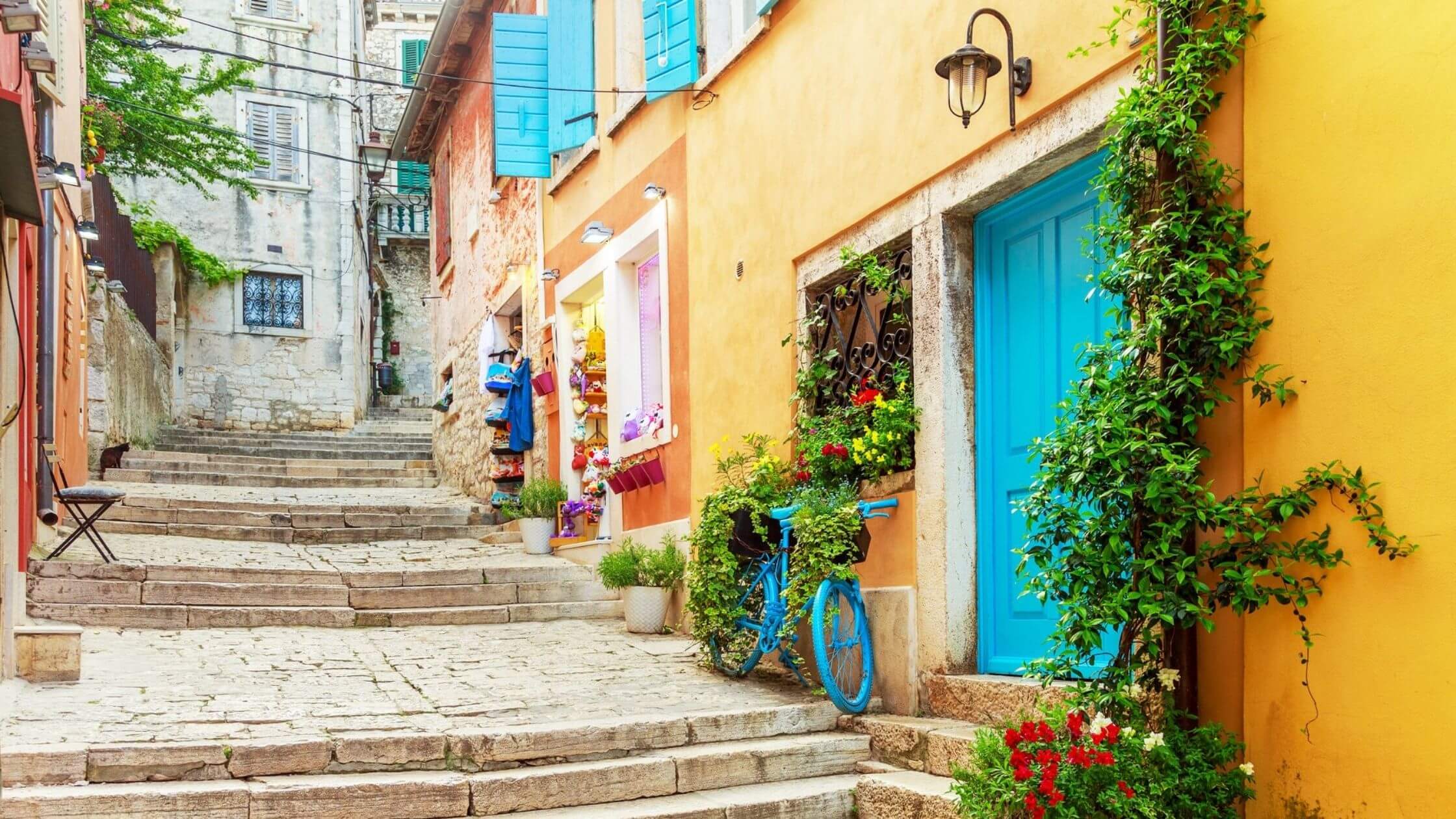
The charming, picturesque streets of Rovinj's Old Town. Rovinj Tourist Board/Facebook.
If you have time to spare, take a day trip to Sveta Katarina, a small picturesque island that’s a mere 10-minute water taxi ride from the pier. Spend the afternoon taking a dip in the aquamarine waters of the bay, or hike on one of the numerous trails dotted around the island, or both!
Alternatively, sit back and relax on some of the most beautiful beaches in Istria such as Amarin, Borik, or Valdaliso Beach.
Day 3: Pula
Before leaving the Istrian Coast, make Pula the next stop on your road trip. Serving as the capital of Istria, Pula was the main military port for the Austro-Hungarian Monarchy at the height of its military glory. Today, remnants of these times are reflected in the city’s breathtaking landscape.
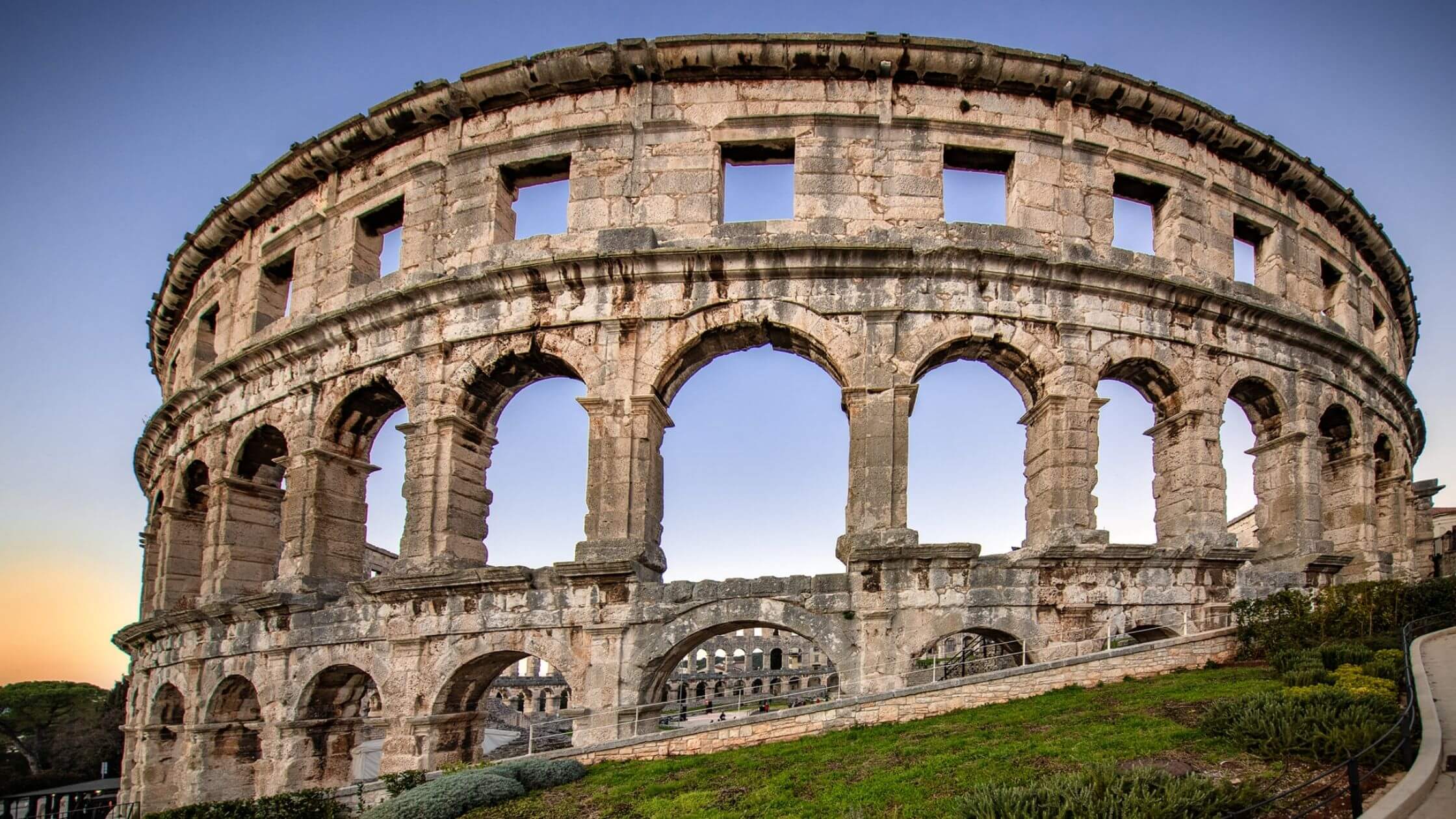
The Pula Arena frequently hosts concerts and festivals throughout the year. Pula Plus/Facebook.
The famous Pula Arena, one of the most well preserved Roman amphitheaters in the world, is a must-see! Another not to be missed landmark is the Temple of Augustus, a monument dedicated to the first Roman emperor in honor of his rule.
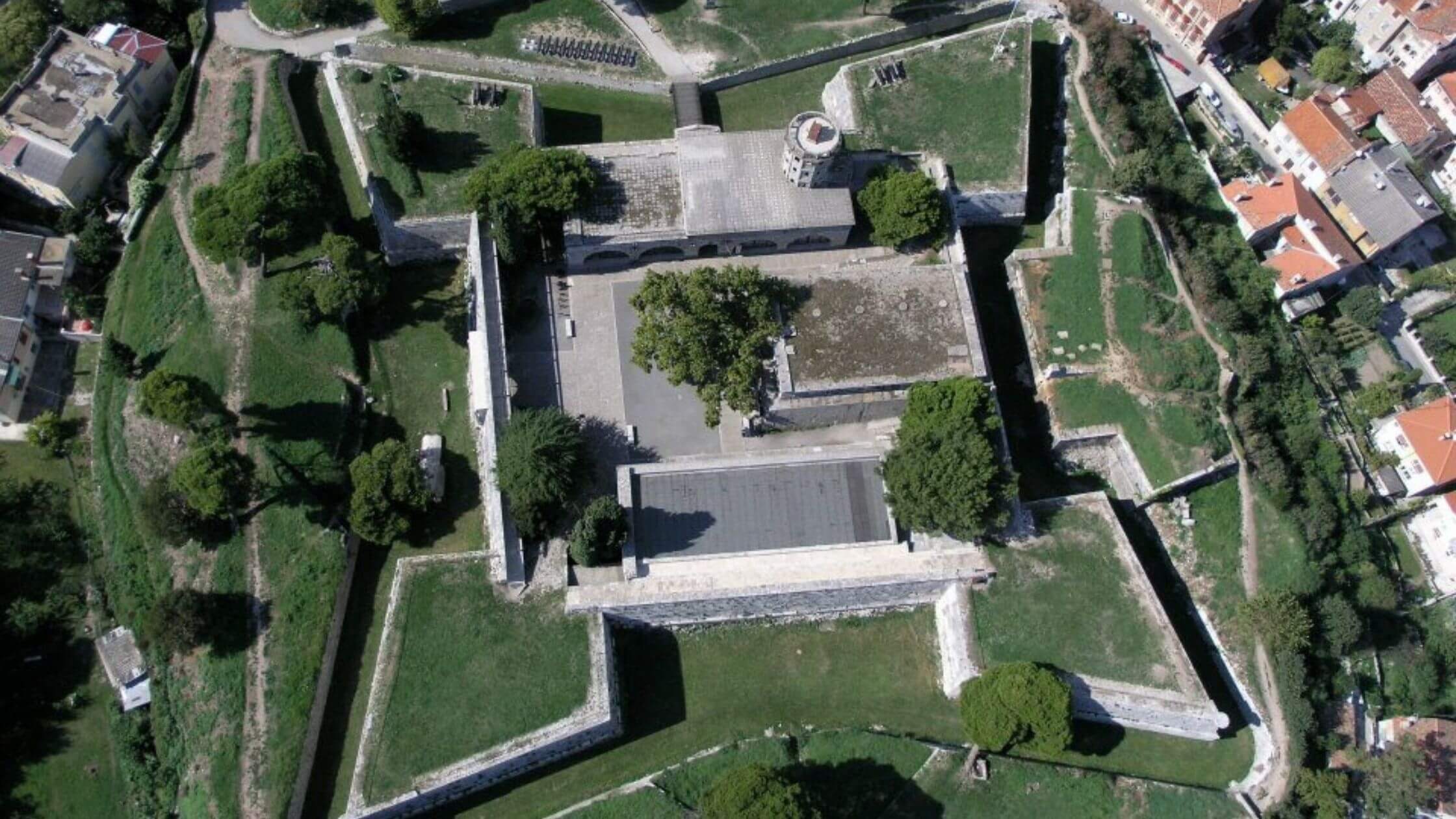
The unique shape of Fort Puna Christo. Pula Plus/Facebook.
Also check out the impressive Fort Punta Christo, which includes an underground section to explore and a well-stocked rooftop bar for refreshments after. You can also enjoy magnificent 360-degree views of Pula from the Venetian Fortress (Kaštel) which also houses the Historical and Maritime Museum of Istria.
Day 4: Plitvice National Park
Although Croatia boasts some of the best coastlines in the world, Plitvice Lakes National Park consistently appears in the top must-see places to visit in Croatia, and for good reason! This UNESCO World Heritage Site holds the title as the oldest and largest national park in Croatia, famous for its gorgeous turquoise lakes. Well worth the detour inland.
 The main walkway of Plitvice Lakes National Park. Plitvice Lakes National Park/Facebook.
The main walkway of Plitvice Lakes National Park. Plitvice Lakes National Park/Facebook.
Be aware that the park can get very crowded during the season! To avoid this, just be prepared to visit early (7-8am), or better still, stop by during off-peak seasons where the park transforms into the perfect winter wonderland.
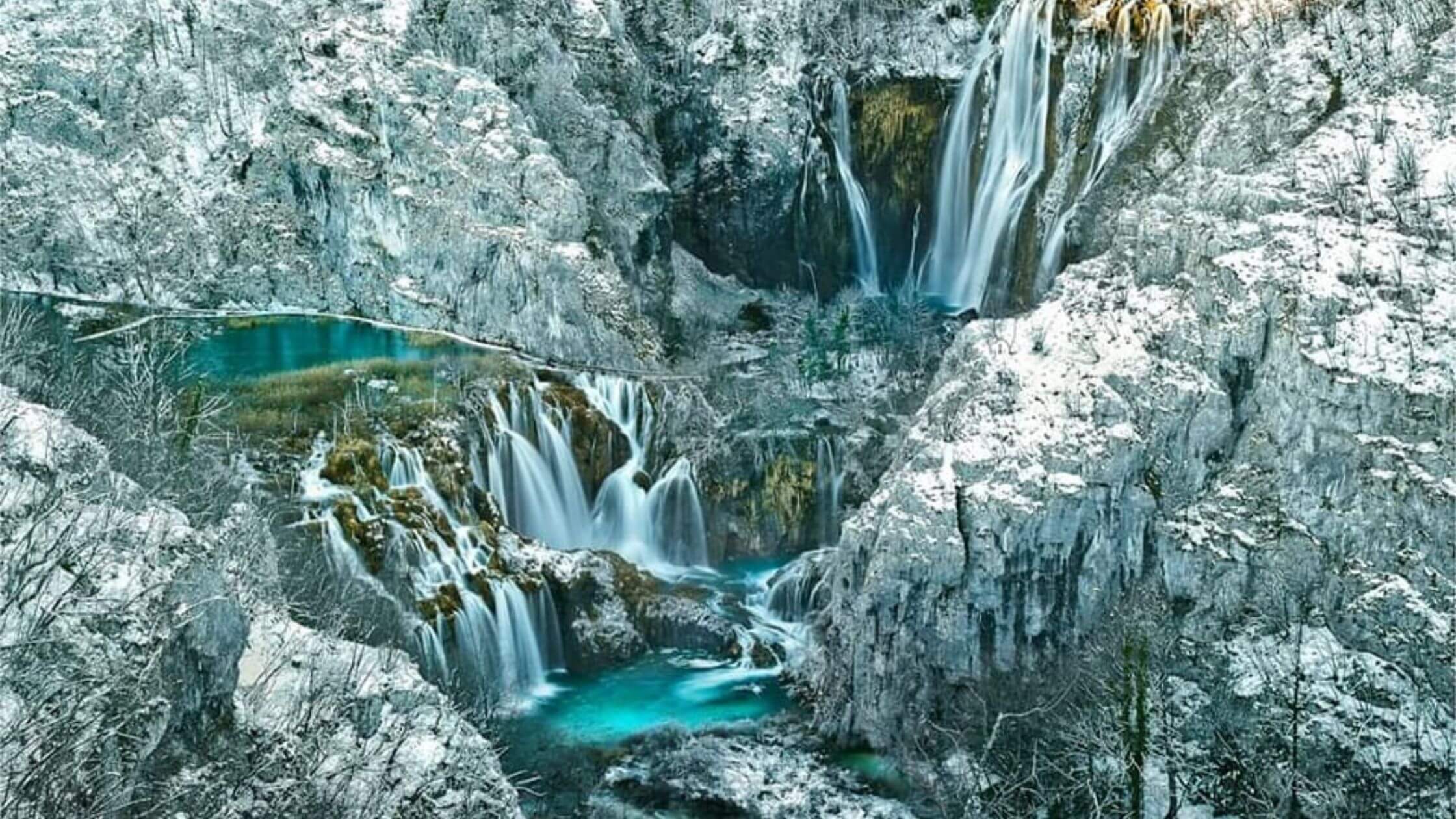
Plitvice Lakes National Park/Facebook.
Day 5: Zadar
After a day in the lush forests, take a scenic drive back to the Dalmatian coast and spend a day in the charming city of Zadar, the oldest continuously inhabited Croatian city. Today, cozy cafes and art galleries are seamlessly woven into remains from the times of Julius Caesar and Emperor Augustus.
Enjoy a relaxing stroll through Old Town and admire the historical architecture including the Church of St. Donatus, the Landward Gate, the Cathedral of St. Anastasia, and the Roman Forum.
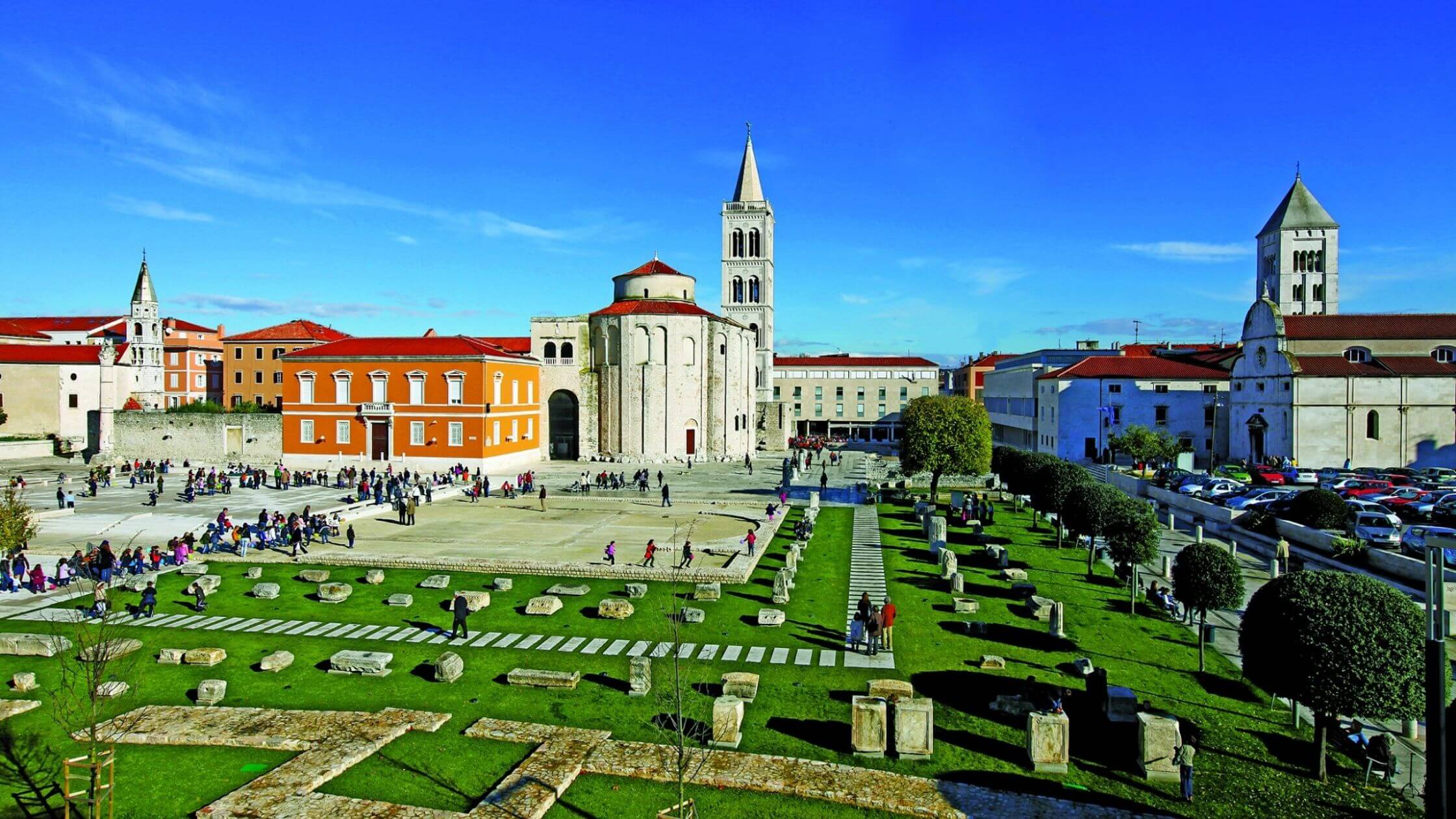
Ruins in the Old Town of Zadar. Zadar Region/Facebook
Along the way, catch the famous Sea Organ, and a sunset so beautiful, it even captivated Alfred Hitchcock! Just after sunset, take in the light show at the Sun Salutation, an installation created by Nikola Bašić, the same artist who designed the sea organ.
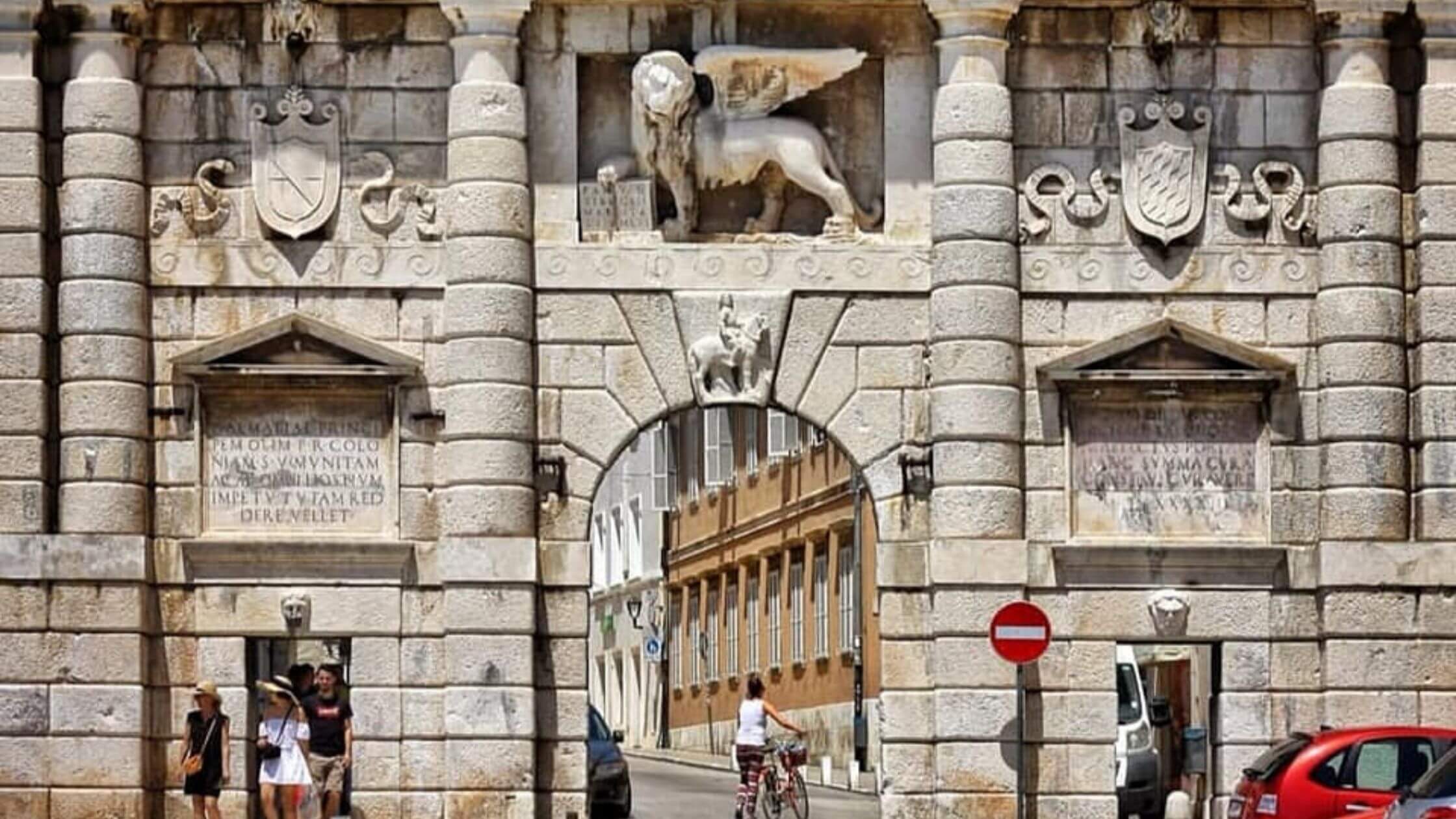
The Landward Gate, Zadar. Zadar Region/Facebook
If you have some time in between, head to Pag Island to try some of the famous Paski Cheese or to Nin, home to Queen’s Beach, the longest sandy beach in Croatia. Other gorgeous beaches along the coast of Zadar include Kolovare and Borik.

Award-winning sheep's cheese from Pag Island. Pag Tourist Board/Facebook.
Day 6: Split
Welcome to Split, the largest city in Dalmatia, and second-largest in all of Croatia. The city was founded as the Greek colony of Aspálathos between the 3rd and 2nd century BC.
It was later where Diocletian's Palace was built for the Roman emperor in AD 305. The palace also houses the Peristil, or the main square, another great place to enjoy some coffee and people-watch in addition to the Riva promenade.
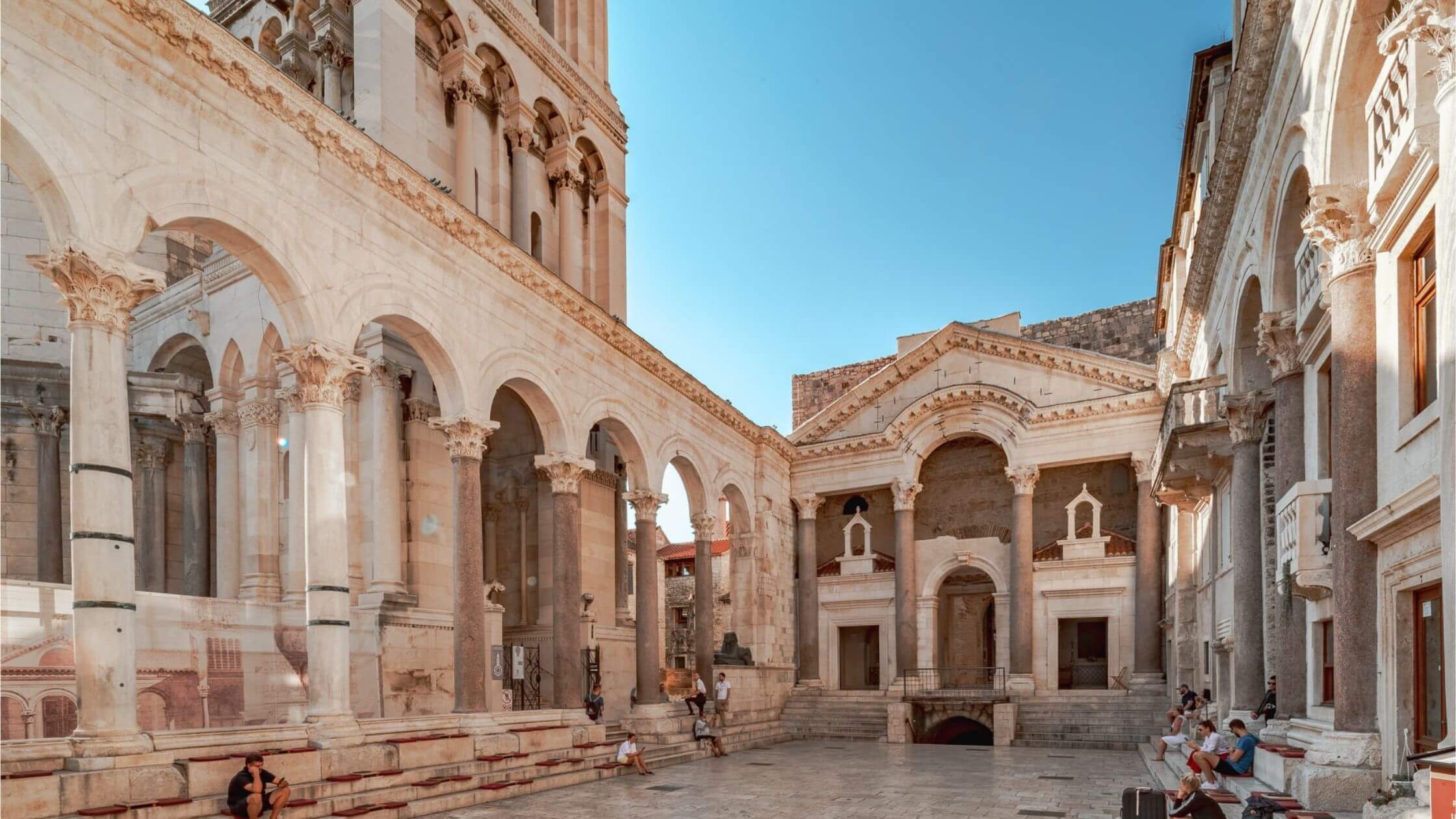
Enjoy a drink inside the walls of the Diocletian's Palace, Split. Visit Split/Facebook
While exploring the Old Town, stop by the Green Market, the largest farmer’s market in Split, to pick up some fresh, organic produce. Turn the corner and it is difficult to miss the 8.5-meter statue of Gregory of Nin, sculpted by world-renowned artist Ivan Meštrović. Rubbing the statue’s toe is said to bring good luck, so much so that it has been worn smooth by visitors over the years.
You can also squeeze in a light hike up Marjan Hill, also known as the “lungs of Split”. Its summit is an ideal place for a picnic, offering marvelous views of the harbor and neighboring islands.
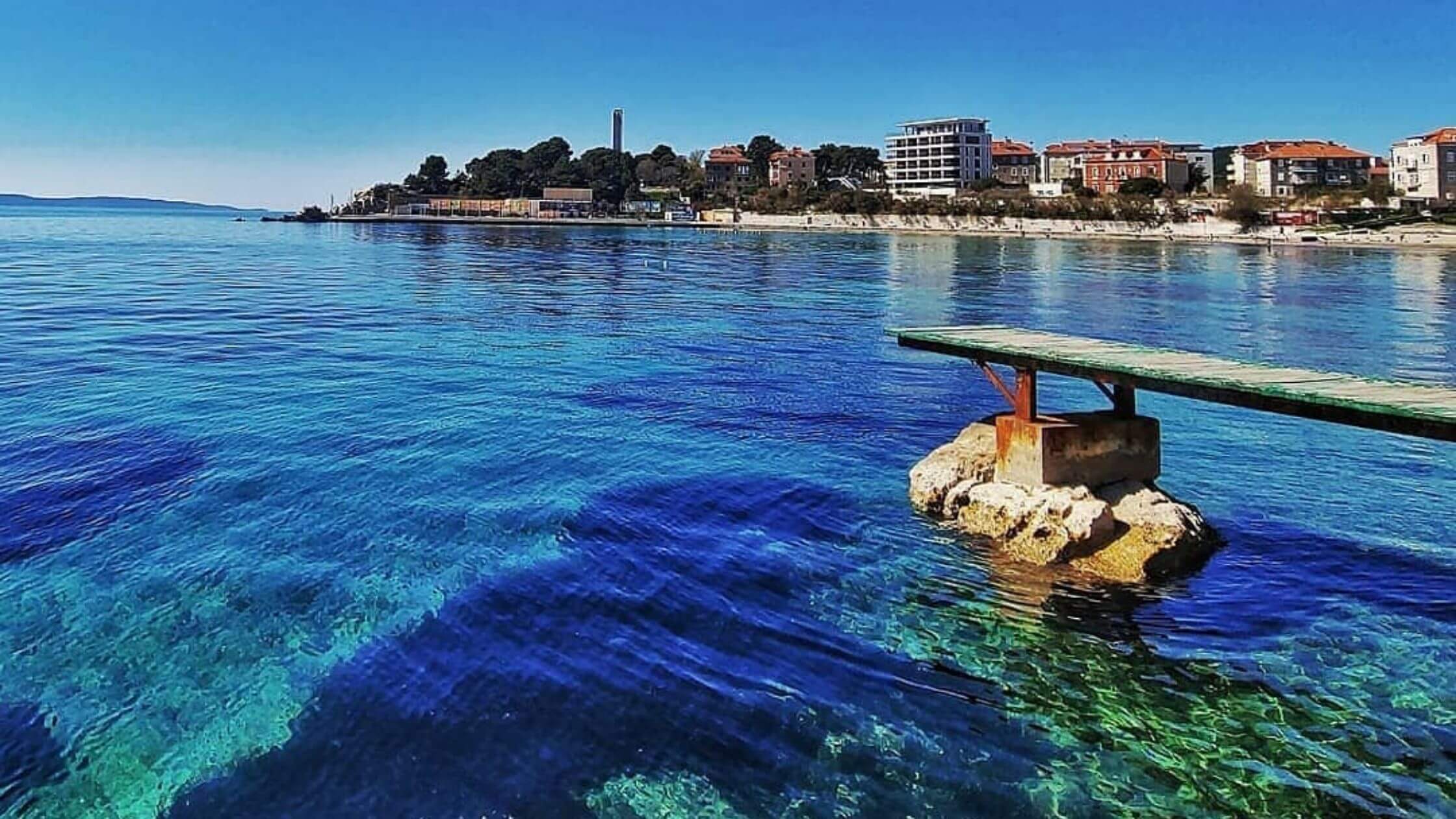
The crystal clear waters of Bačvice beach. Visit Split/Facebook
Fancy another beach day? Bačvice beach is a popular hangout spot in the center of Split. Relax at one of the many cafe bars and watch the locals play picigin, a traditional ball game. Rumor has it this beach is also where the sport originates from.
Day 7: Krka/Omiš/Trogir
Don't be too quick to leave Split. From here, there are several options for day tours to surrounding attractions.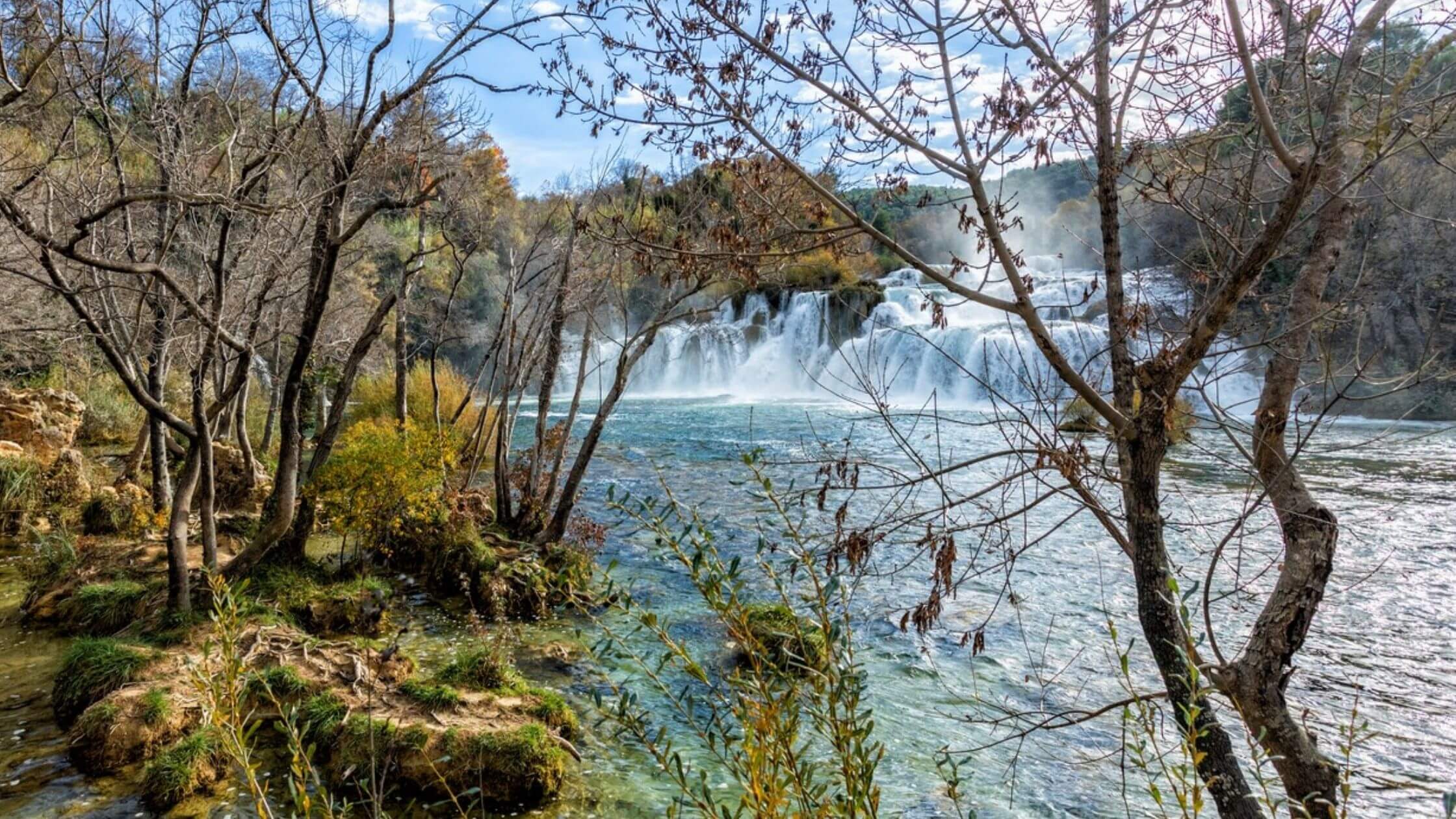
Some of the most stunning waterfalls in Croatia can be found at Krka National Park. Krka Nationa Park/Facebook
For nature lovers, Krka National Park is another national park about an hour’s drive from Split. Spend a day walking along well-maintained trails that wind along some of the most stunning waterfalls in the country. Again, make sure you get there early to avoid the crowds!

Try white water rafting in Omiš. Tourist Board Omiš/Facebook
For those craving more action, head to the picturesque town of Omiš which offers one of the most dramatic scenes on the coast. The city is nestled in a canyon surrounded by gray, craggy mountains, contrasting the peacock blue waters where the Cetina River meets the Adriatic Sea. Omiš offers white water rafting, free climbing, ziplining, abseiling, and canyoning, amongst other activities for visitors seeking a bit of a thrill on their vacation.

Just one of the many well-preserved remains scattered around Trogir's Old Town. Visit Trogir/Facebook
For the history buff, head to Trogir which has the best-preserved Romanesque-Gothic complex in all of Central Europe. Take a walk around the Old Town, surrounded by walls comprising a series of dwellings and palaces from the Romanesque, Gothic, Renaissance, and Baroque periods.
Day 8: Hvar
With over 1,000 islands, it wouldn’t be a complete trip to Croatia without doing some island hopping. From Split, take the 1-hour ferry ride over to Hvar. Its beauty and vibrant nightlife have made it a regular vacation spot for the likes of celebrities such as George Clooney and Beyonce.
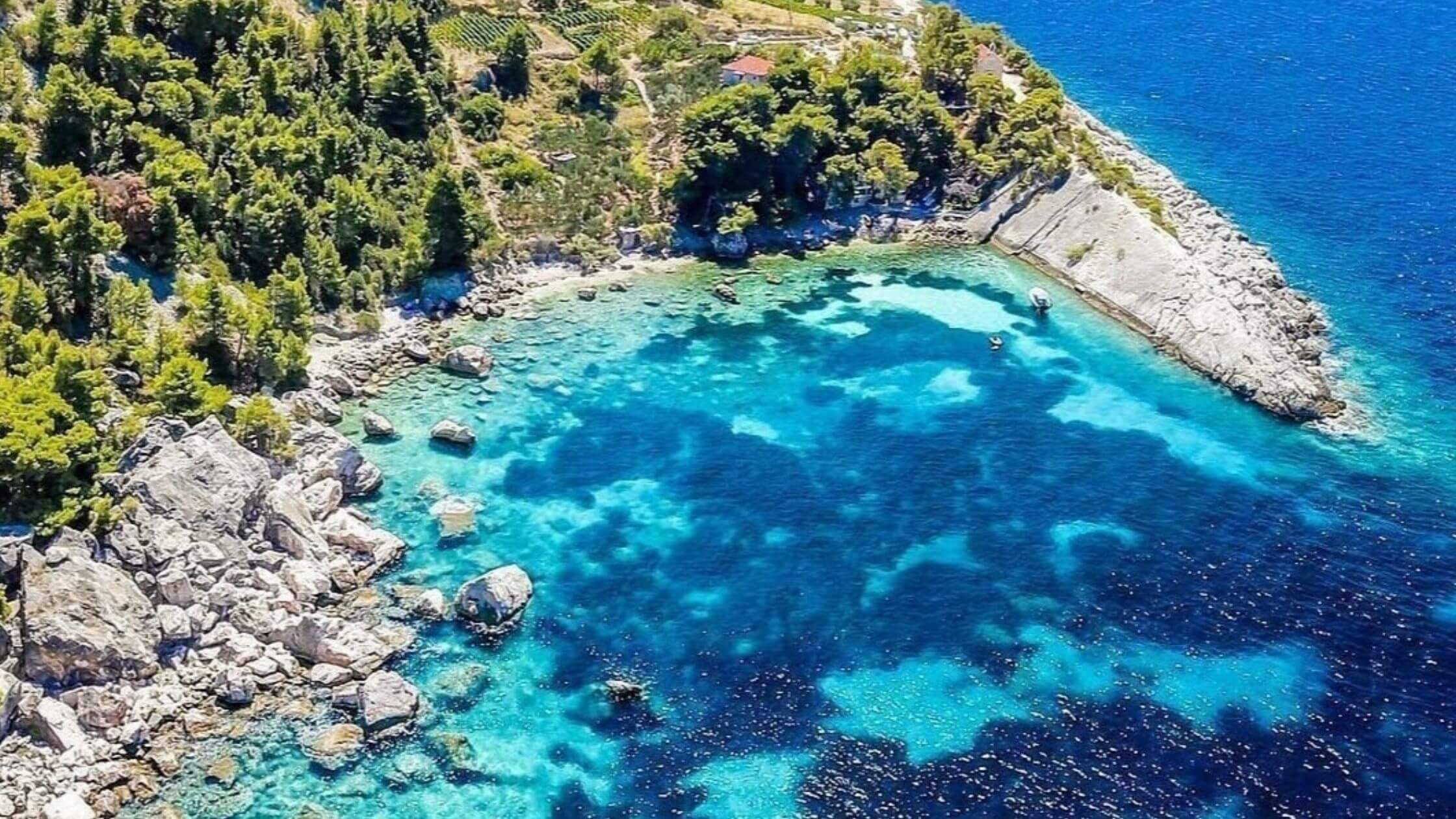
Hvar is one of the longest and sunniest islands in Croatia. Hvar Tourist Board/Facebook
Start by wandering around St. Stephen’s Square, the largest square in Croatia and don’t miss the Cathedral of St. Stephen and the Hvar public theater. For the best view, climb to the top of the Španjola Fortress to get an unobstructed view overlooking Hvar Town and nearby Pakleni Islands. You can even rent a small boat (no license required) to explore these islands on your own!
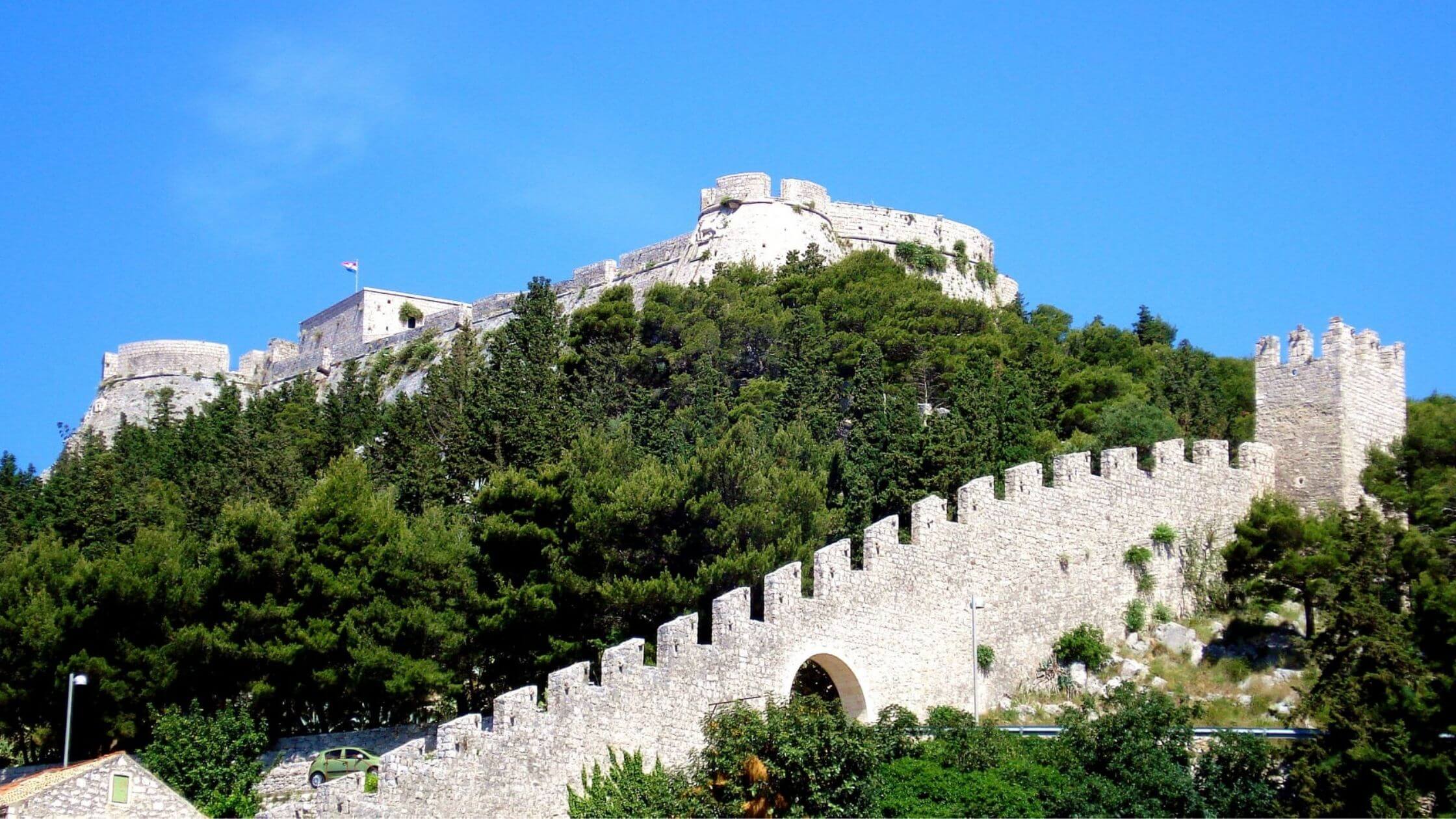
The view from the top of the Španjola Fortress is unparalleled on the island. Hvar Tourist Board/Facebook
Once you’ve taken in all these sights, enjoy another relaxing beach day at one of the many pristine beaches such as Malo Zaraće, Dubovica, or Pokonji Dol.
Alternatively, if you’re looking for another day trip, book a tour with one of the local travel agencies to the Blue Caves on Biševo and marvel at its clear, iridescent blue waters.
Day 9: Korčula
After the buzz of Hvar, take the ferry to the tranquil town of Vela Luka on the island of Korčula, the birthplace of famed explorer Marco Polo and home to some of the best Croatian wines.
From Vela Luka, take a scenic drive towards the town of Korčula, also known as “little Dubrovnik”. Along the way, stop by the numerous family-run vineyards that welcome visitors for wine and cheese tastings.
Grk is a white wine variety grown almost exclusively on Korčula, other white wines such as Pošip and Rukatac are also premier Croatian wines, often served on celebratory occasions. For fans of red wine, do grab a bottle or 2 of Plavac Mali.
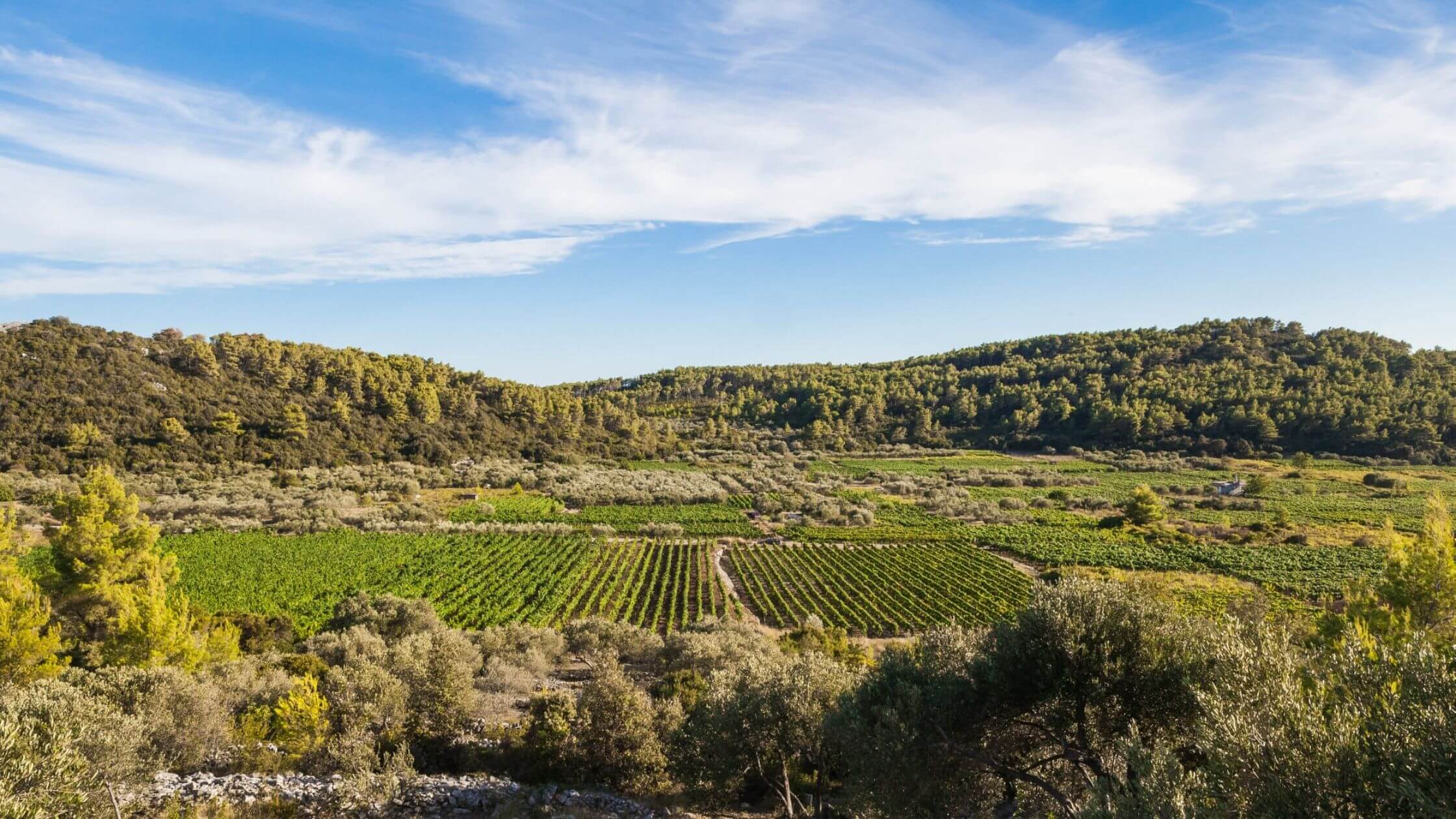
Vineyards of Korčula island. Visit Korčula/Facebook
In Korčula, walk off the afternoon’s indulgences exploring the streets of the Old Town with its architectural influences by the Venetian Renaissance, before capping off the night with a meal and more wine at any of its superb restaurants.
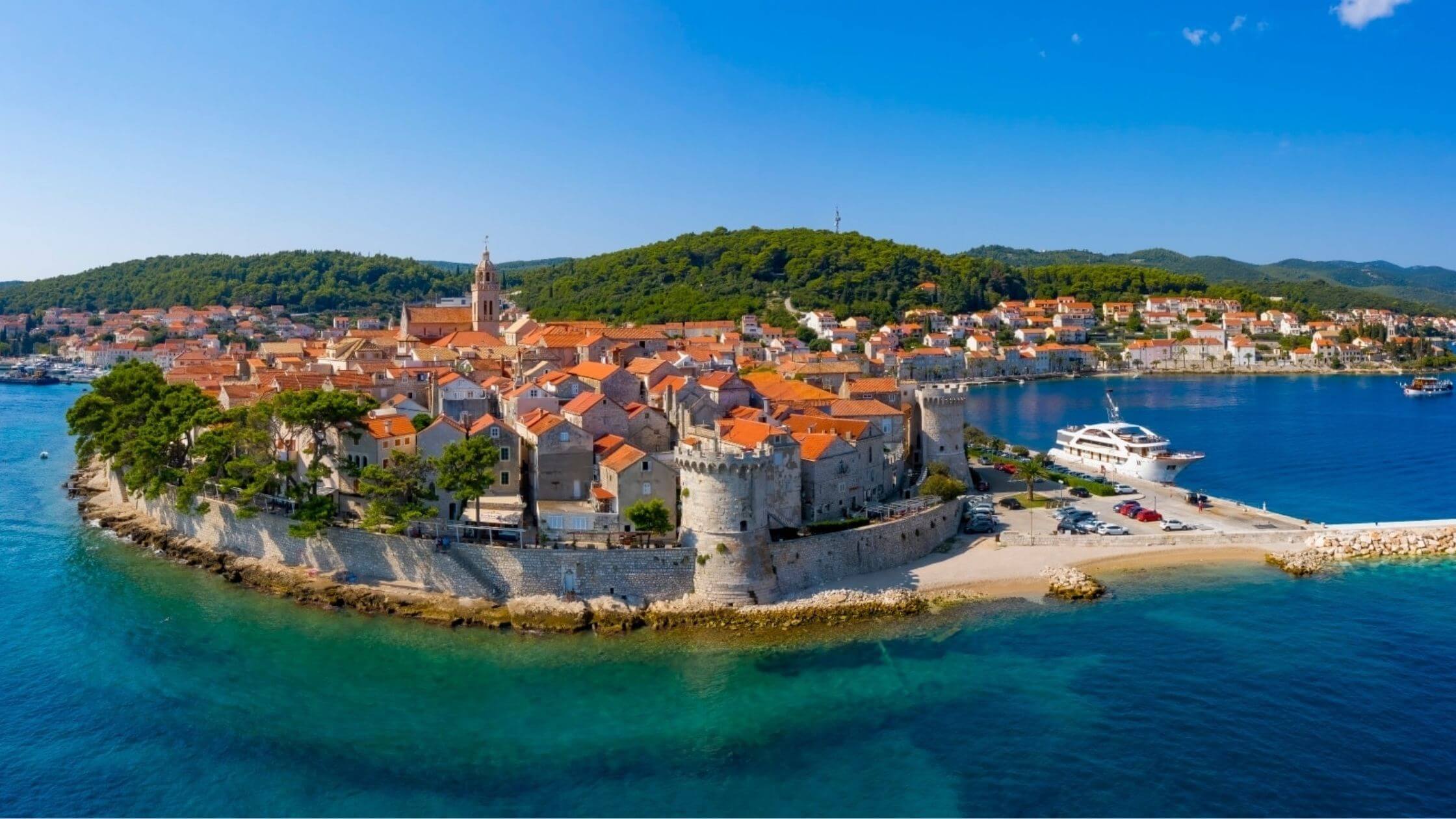
Korčula town. Visit Korčula/Facebook
Day 10: Dubrovnik
There’s no better way to end the trip than with Dubrovnik. And yes, there is no shortage of Game of Thrones tours to indulge your senses, but there is so much more to this medieval city than where Cersei Lannister did her walk of shame.
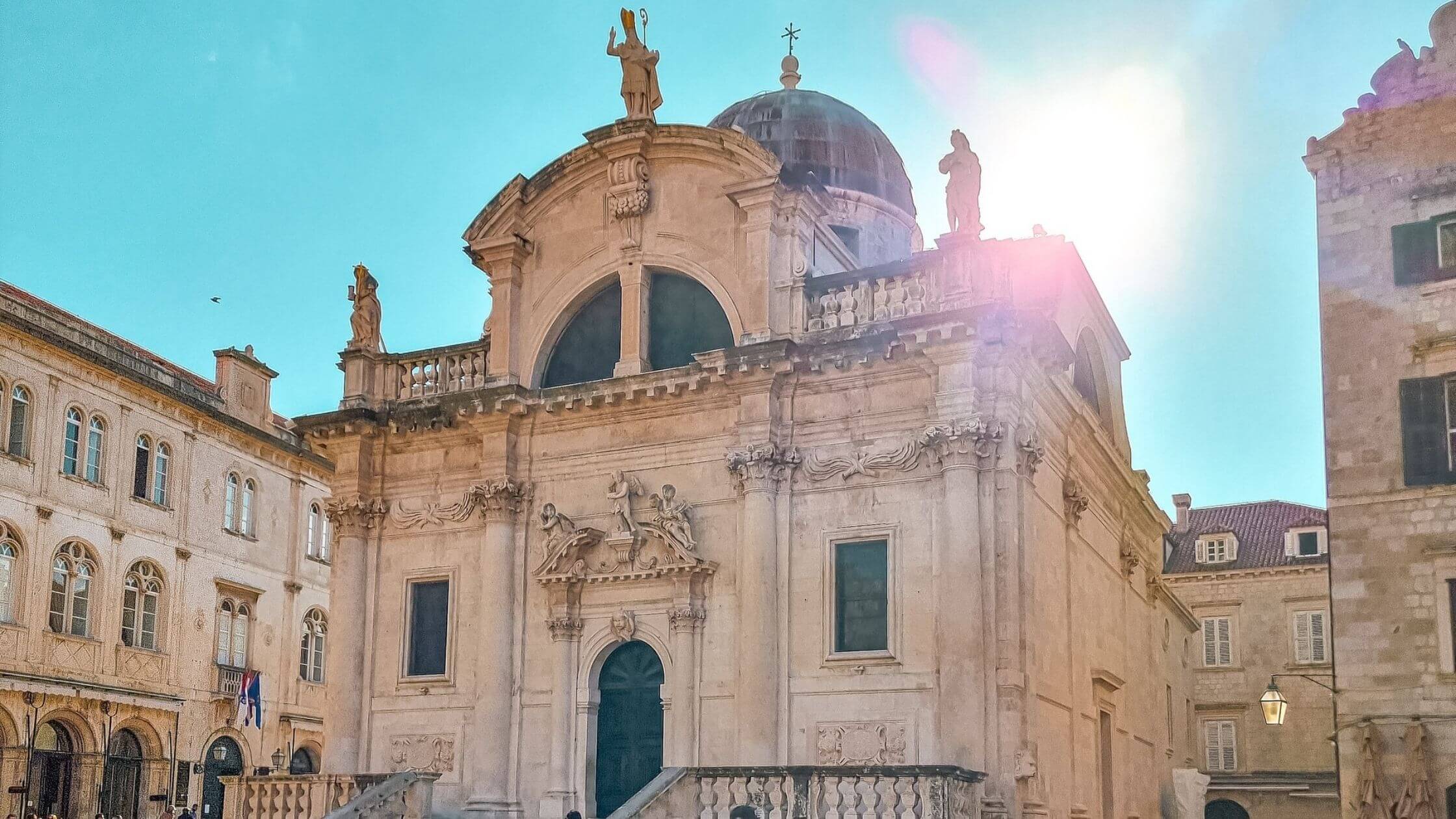
The beautiful Saint Blaise's Church in Dubrovnik was built during the 10th century. Dubrovnik Tourist Board/Facebook
Talk a walk along the city walls and through Stradun, Dubrovnik’s main street. From here, you can also catch Onofrio’s Large Fountain that used to supply Dubrovnik with fresh water during the Middle Ages and other impressive structures including the Clock Tower, Saint Blaise's Church, Saint Ignatius Church, Cathedral of the Assumption, and the Franciscan Monastery.
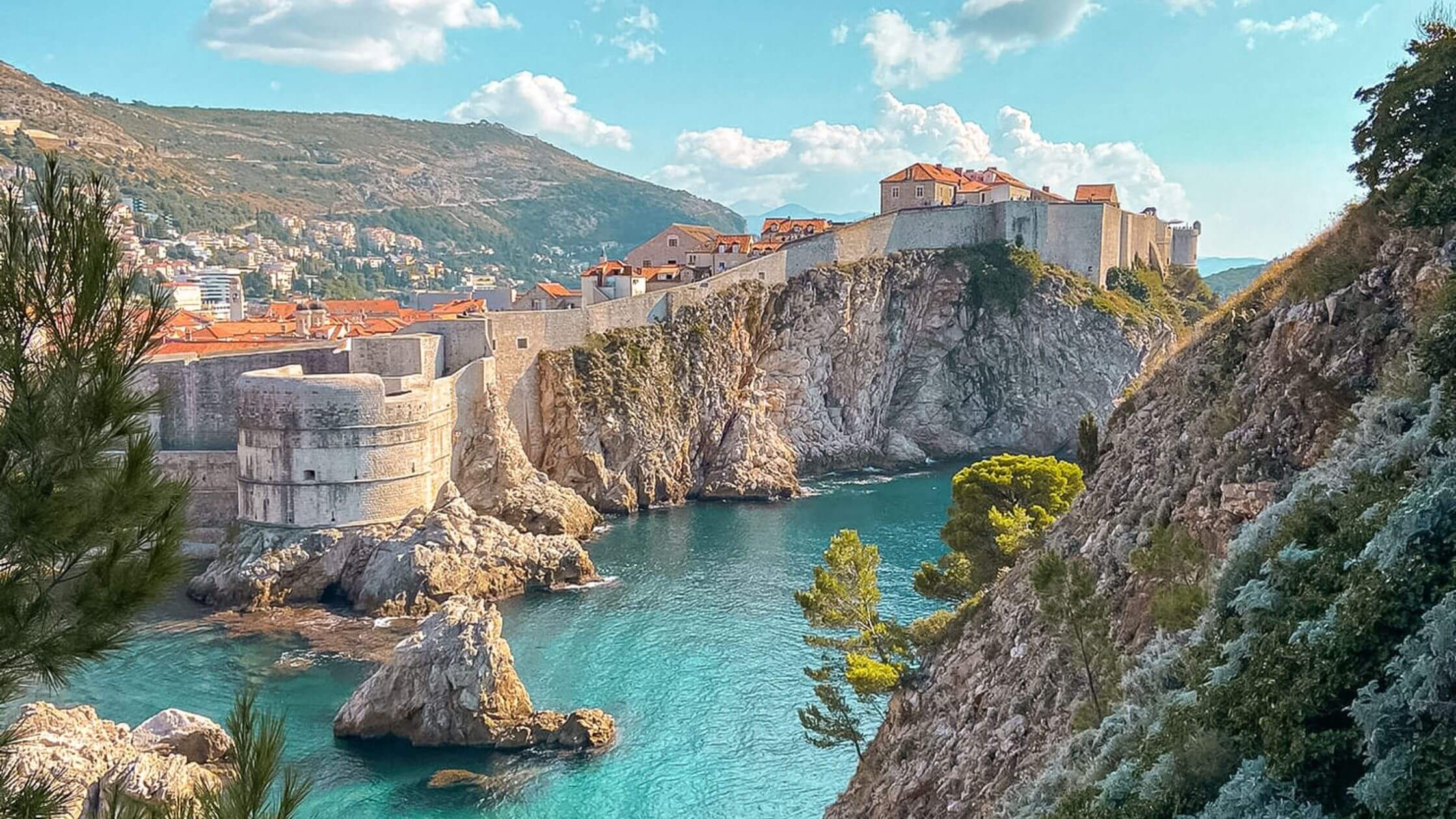
The view from beyond the walls of Dubrovnik looking upon Fort Lovrijenac. Dubrovnik Tourist Board/Facebook
Watch the sunsets and reminisce on your amazing road trip through the country at one of the cliff bars along the city walls, before capping it all off with an exquisite meal at one of the many Michelin-starred or recommended restaurants Dubrovnik has to offer.

Nothing like a luscious meal to top off a fantastic experience road-tripping in Croatia. Dubrovnik Tourist Board/Facebook
And that’s all folks, you’ve done it! Croatia in 10 days! Bear in mind, this is merely the appetizer of what Croatia has to offer. Customize this guide to better suit your tastes and pace and remember, don’t hesitate to ask the locals in order to unlock the best secrets each location has to offer.
For more on travel in Croatia, follow TCN's dedicated page.
Croatian Tourist Collaboration Between Gospić, Plitvice and Udbina Approved
June 3, 2021 - Taking advantage of the tourist offer at your availability, a Croatian tourist collaboration between Gospić, Plitvice and Udbina has been approved to promote tourism in the country through joint activities between their area.
In order to further contribute to the promotion of Croatian tourism, but also to jointly carry out activities in their areas, the tourist boards of the city of Gospić and the municipalities of Plitvice Lakes and Udbina, received approval to join a Croatian tourist collaboration, reports Turističke Priče. Namely, in order to jointly develop and promote tourist products, tourist communities will act as unique destinations through joint activities.
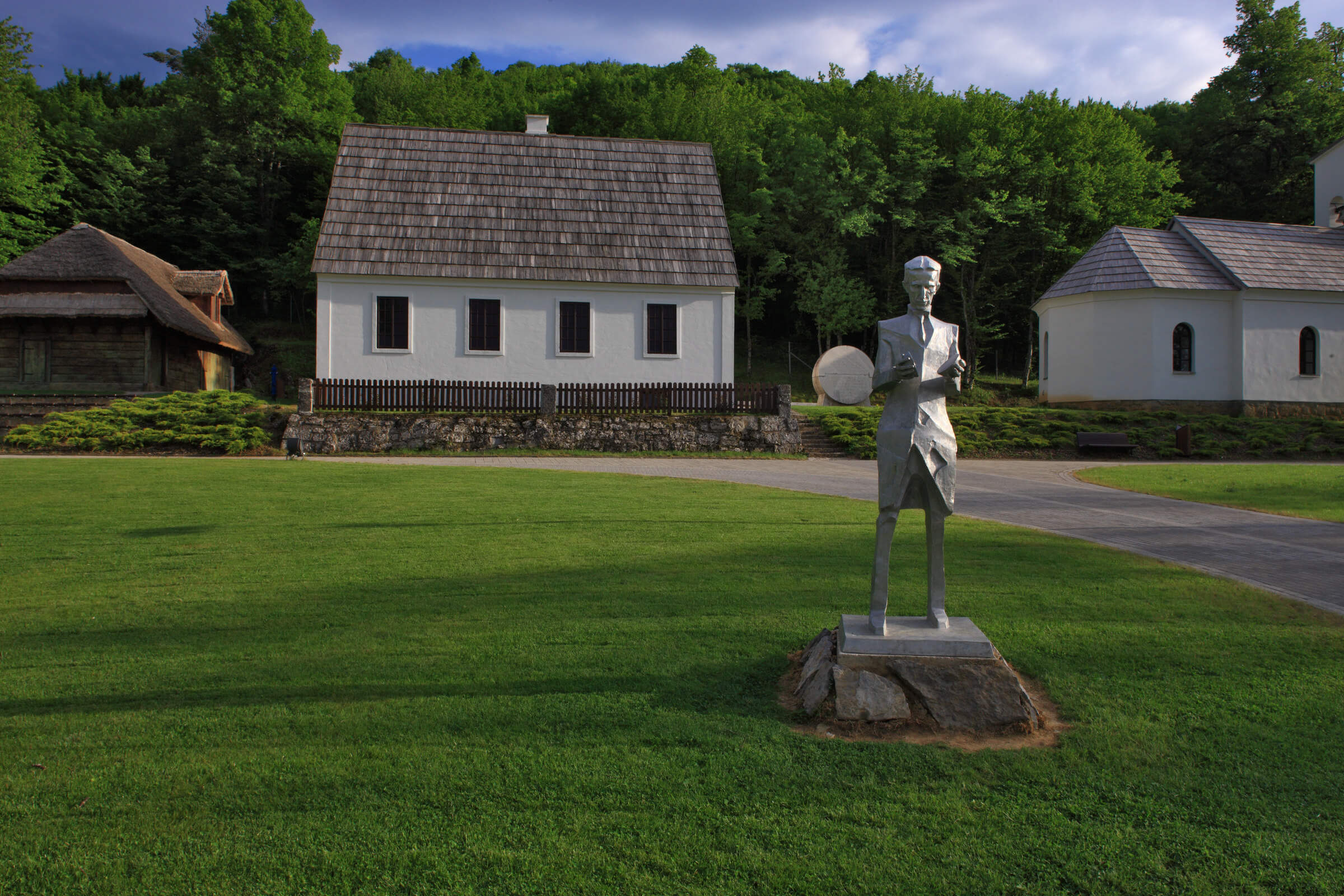
Nikola Tesla Memorial Center, in Smiljan, outside Gospić
This is a story that is not new in Croatia and has proven to be a successful project that contributes to the development of destinations. An additional advantage is that the area of Plitvice Lakes, the town of Gospić, and the municipality of Udbina are located within a radius of 50 kilometers, they touch each other and are located in the same, Unit of Regional Self-Government, Lika-Senj County.
Plitvice Lakes National Park has a world natural pearl and a large number of tourists who can complete their stay in the National Park by visiting the town of Gospić, which is the center of the county, and choose one of many additional sports, tourism, adrenaline or cultural activities.
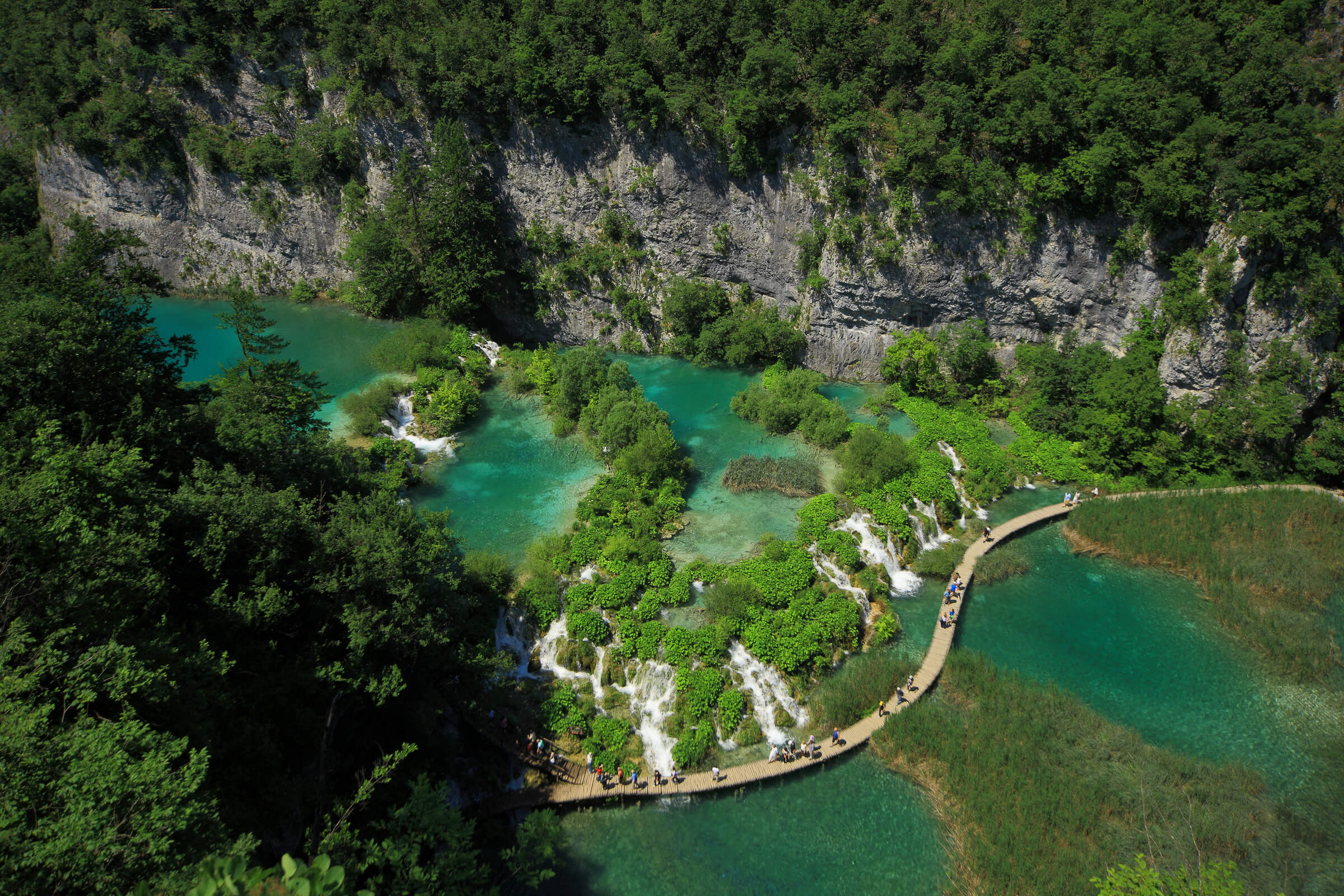
Plitvice Lakes (Photo: Mario Romulić)
The lack of promotion of the historically known and significant area of the Republic of Croatia, the municipality of Udbina, or medieval Krbava, would change with this project and the destination would get a historically and religiously significant role than it has so far. Udbina with its position, historical and cultural significance, religious tourism and natural features, and well-known eco production can greatly contribute to the development of a common tourist destination in the marketing activities ahead, complete the tourist offer, and to the satisfaction of tourists visiting us.
The Croatian tourist collaboration between the three tourist boards will be able to work better on the development of the tourist product and promotional activities of Lika as a character and define the tourist brand of the destination or micro-region as a whole.
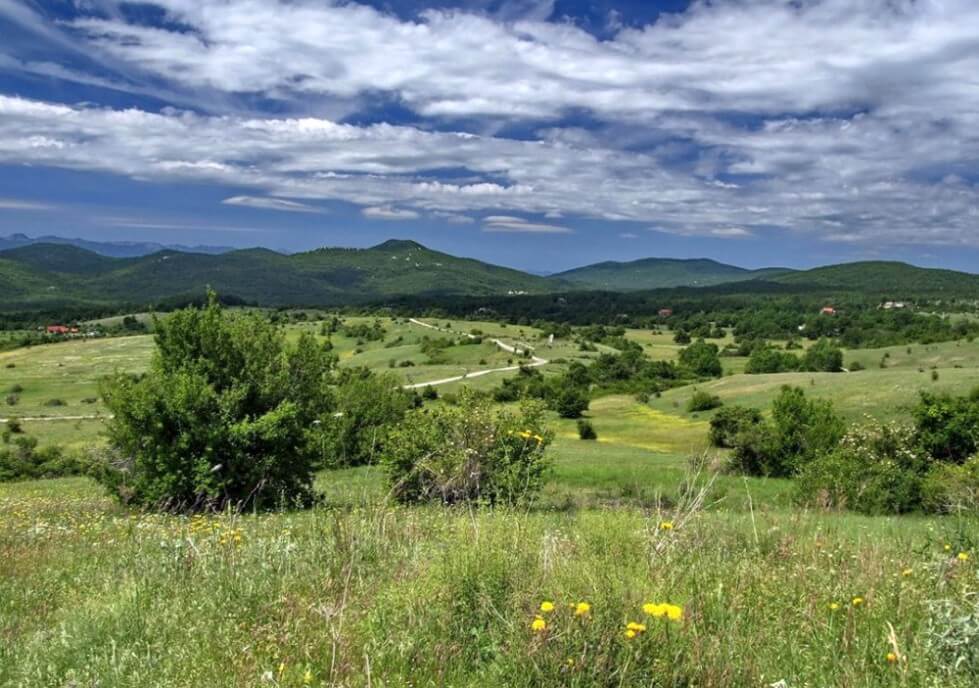
Udbina (Photo: Lika Tourist Board website)
The development of a diverse offer and the generation of demand is a prerequisite for year-round tourism, which tourist boards strive for and which must ensure stability and a much more significant impact of tourism on the entire economy. Through year-round tourism, moving away from seasonality, and offering a quality and recognizable product throughout the year, you can conjure up everything that rural destinations have to offer. The aim is to provide visitors with useful and interesting information about the tourist offer of the destination and to show the attractiveness of the destination. In this way, new visitors will be attracted and the destination will be positioned on the tourist market while building the image of the destination as safe, which offers a diverse offer, and keeping this recognizability as a permanent trademark.
Tourist boards are facing the definition of potential future resources, product inventory, and programs for developing the Outdoor offer.
For more on what to do and how to get to Plitvice, check out our dedicated Total Croatia page HERE. Also, visit our 2021 guide on all Croatian National and Natural Parks HERE. Both now in your language!
Follow the latest on flights to Croatia HERE and the latest travel updates and COVID-19 news from Croatia HERE.
For more on travel in Croatia, follow TCN's dedicated page.
Plitvice Lakes in June: Half Price Tickets for Visitors!
:June 2, 2021 - A new month begins and the Plitvice Lakes in June will have special prices and offers for those who wish to visit the national park in the first weeks of summer
Plitvice Lakes National Park continues to offer reduced ticket prices in June, reports turistickeprice.hr. This time the price of a single ticket for adults is 150 kuna, which is, considering the usual June ticket price, a 50% discount. The individual price for students is 70 instead of 200 kuna, and for children from 7 to 18 years 35 instead of 120 kuna.
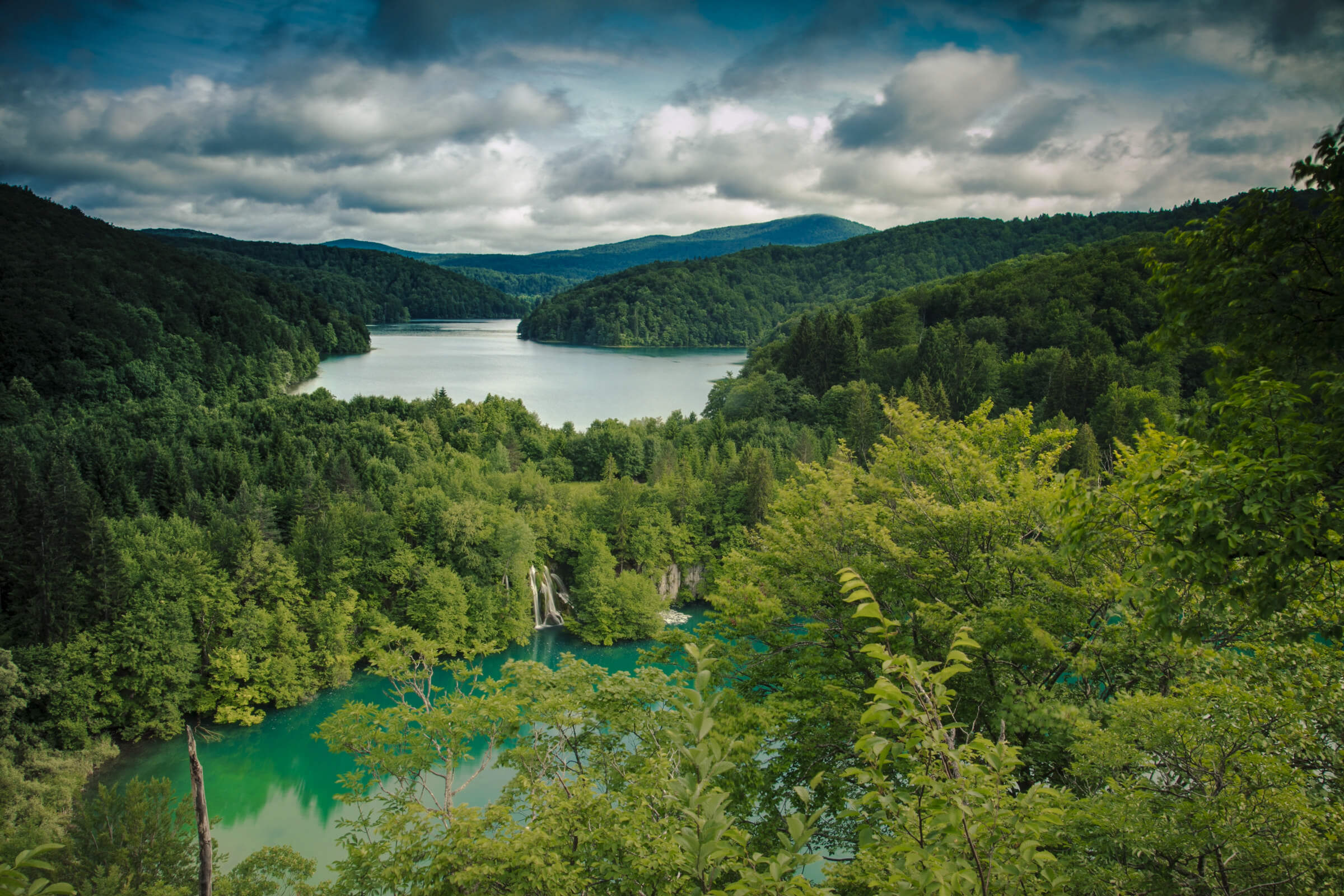
Plitvice Lakes (Photo: Mario Romulić)
Two-day ticket prices have also been reduced. For adults, they amount to 230 kuna in June, for students 110 kuna, and for children from 7 to 18 years, 60 kuna.
For those visiting Plitvice Lakes in June, until the end of the month, Hotel Jezero offers packages of two or three nights with half board service, a ticket to the Park, and an hour of renting a rowing boat to explore the corners of Plitvice's largest lake Kozjak. The June offer also includes two or three nights in the bungalows of the Korana camp, with BB or HB service and a ticket to the Plitvice Lakes National Park.
In addition, there are discounts on an hour of renting a rowing boat on Lake Kozjak, riding tours on the Terra ranch, the services of the Adrenaline Park Plitvice, and discounts on lunch or dinner in the restaurant of Camp Korana, if you choose bed and breakfast. For all of you who decide to stay for three nights, with all the above discounts, the package includes a ticket to Barać's caves, while an hour of renting a rowing boat on Lake Kozjak and renting Nordic walking poles are free.
The rich gastronomic offer of the Park is even richer than on May 28, when the restaurant Lička kuća was reopened, which offers autochthonous dishes in an autochthonous ambiance. There is also the Vučnica bistro, which is located two kilometers from the southern entrance to the National Park. Let's say that the restaurant of the Jezero hotel is offering menus at promo prices until the end of June.
The offer for Plitvice Lakes in June, which also includes discounts for Croatian Tourist Card owners, the entire gastronomic offer of the Park, and an overview of everything you can visit near the Plitvice Lakes National Park can be found on the official website of the Park.
For more on what to do and how to get to Plitvice, check out our dedicated Total Croatia page HERE. Also, visit our 2021 guide on all Croatian National and Natural Parks HERE. Both now in your language!
Follow the latest on flights to Croatia HERE and the latest travel updates and COVID-19 news from Croatia HERE.
For more on travel in Croatia, follow TCN's dedicated page.
TripAdvisor Named Plitvice Lakes Third Best National Park in Europe
February 8, 2021 – According to TripAdvisor's Traveller's Choice list, Plitvice Lakes National Park took a high place and was declared the third best national park in Europe for 2021.
TripAdvisor compiled a Traveller's Choice list of the top 10 best national parks in Europe for the first time. Croatian most famous national park Plitvice Lakes took third place on the list and thus got another recognition by visitors.
As written on the TripAdvisor webpage, the Plitvice Lakes National Park is impressive in both winter and summer.
"The bubbling, turquoise crystalline pools of Plitvice Lakes National Park comprise one of Croatia's most popular tourist destinations. Just a two-hour drive from Zagreb, the national park offers 50 acres of forest and lake. In winter, it's a wonderland of frozen waterfalls. In summer, the park is lush with greenery. Wooden walkways and hiking trails traverse the porous karst limestone. This World Heritage Site is a veritable wildlife haven, home to everything from birds to boars and even bears," writes TripAdvisor.
Yorkshire Dales National Park in the United Kingdom took first place, and Vatnajokull National Park in Iceland overtook Plitvice Lakes National Park in second place. Check out the full list:
1. Yorkshire Dales National Park, United Kingdom
2. Vatnajokull National Park, Iceland
3. Plitvice Lakes National Park, Croatia
4. Peak District National Park, United Kingdom
5. New Forest National Park Hampshire, United Kingdom
6. Sierra de Grazalema Natural Park, Spain
7. Sierra Nevada National Park, Spain
8. Uludag National Park, Turkey
9. Sierra de Aracena and Picos de Aroche Natural Park, Spain
10. Cilento and Vallo di Diano National Park, Italy
And what do Plitvice Lakes National Park look like right now? Check out at the live video stream.
For the latest travel info, bookmark our main travel info article, which is updated daily.
Read the Croatian Travel Update in your language - now available in 24 languages.
PHOTOS: Epic Croatia Weather Photography Stuns The World
December 20, 2020 – The 13 winners of the incredibly popular World Meteorological Organization annual competition have just been announced, and two fine pieces of Croatia weather photography are among them. These spectacular images of Croatia weather photography show all 9 Croatian photographs which reached the final in 2020 and all 10 Croatian finalists who similarly stunned the global audience in 2019
Croatia weather photography: the two newly announced winners from the 2020 competition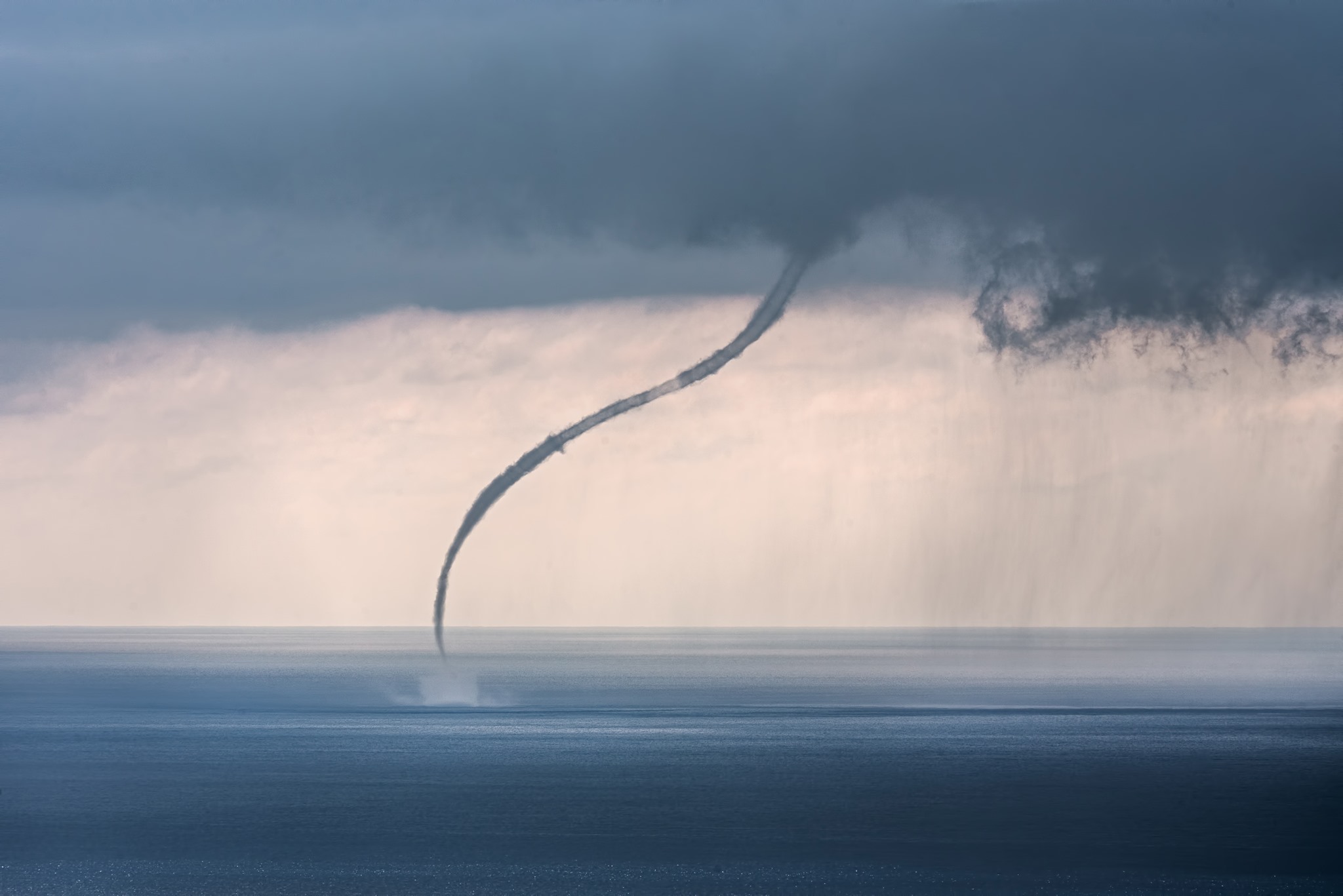 Photographer: Sandro Puncet Photo taken: Losinj island
Photographer: Sandro Puncet Photo taken: Losinj island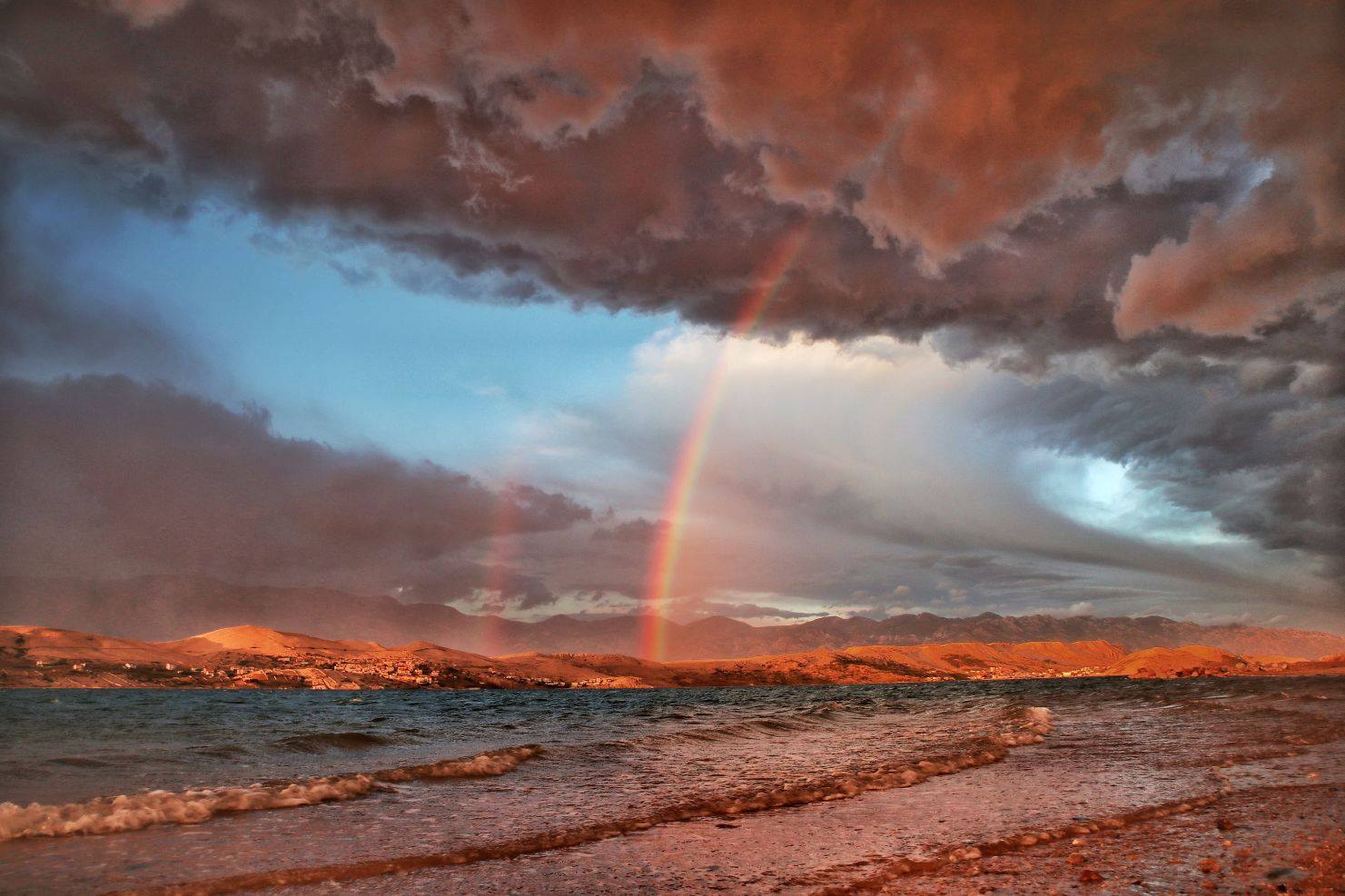 Photographer: Zrinka Balabanic Photo taken: Pag island
Photographer: Zrinka Balabanic Photo taken: Pag island
Thanks to its popularity as a tourist destination, lots of people are now used to seeing beautiful photos of Croatia. Although, the images they usually see are of idyllic beaches, cloudless skies, stunning nature and turquoise blue seas. But, as anyone who knows the country will tell you - and as these photos show - Croatia isn't always like that.
Croatia weather photography: the two newly announced runners-up from the 2020 competition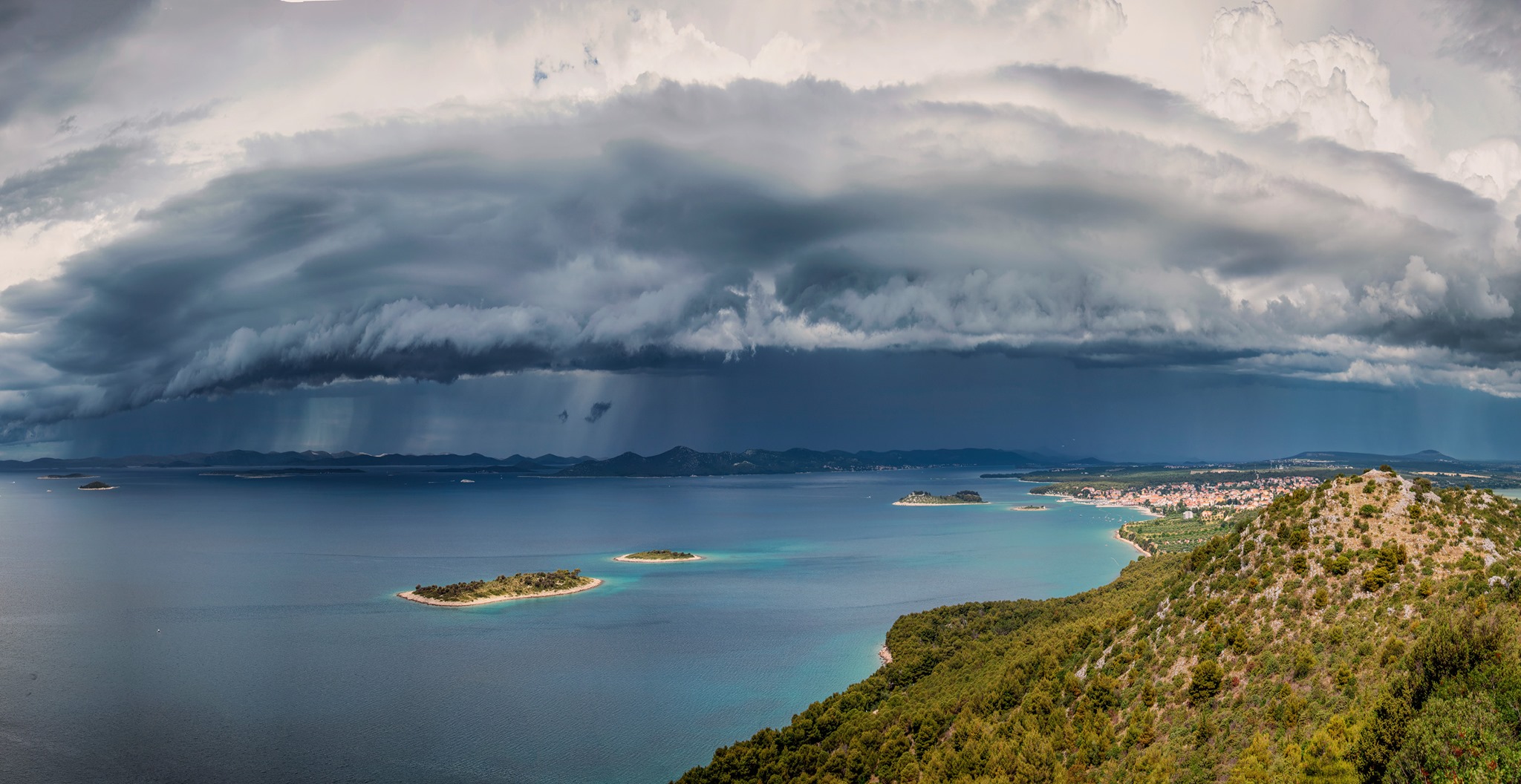 Photographer: Šime Barešić Photo taken: Drage, Pakostane
Photographer: Šime Barešić Photo taken: Drage, Pakostane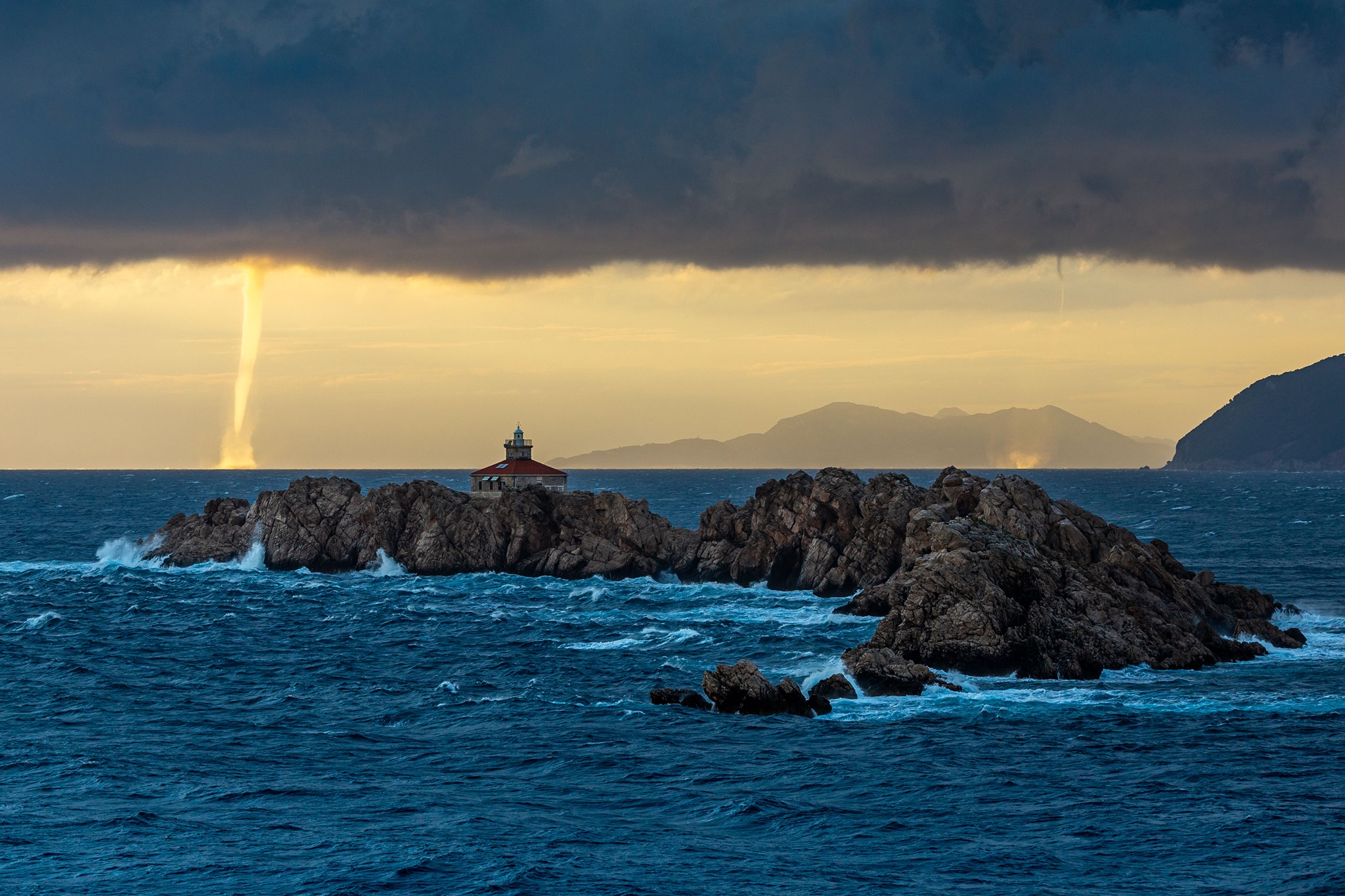 Photographer: Mislav Bilic Photo taken: Lapad Peninsula, Dubrovnik
Photographer: Mislav Bilic Photo taken: Lapad Peninsula, Dubrovnik
Out of season, Croatia can experience vastly different weather conditions to those advertised in travel brochures and blogs. And, whenever there's a spectacular weather occurrence, usually there's a photographer out there, braving the elements, trying to capture it.
Over recent years, some of the best Croatia weather photography has featured in the annual competition organised by the World Meteorological Organization. 2020 has been no different.
The other five Croatian finalists from the 2020 competition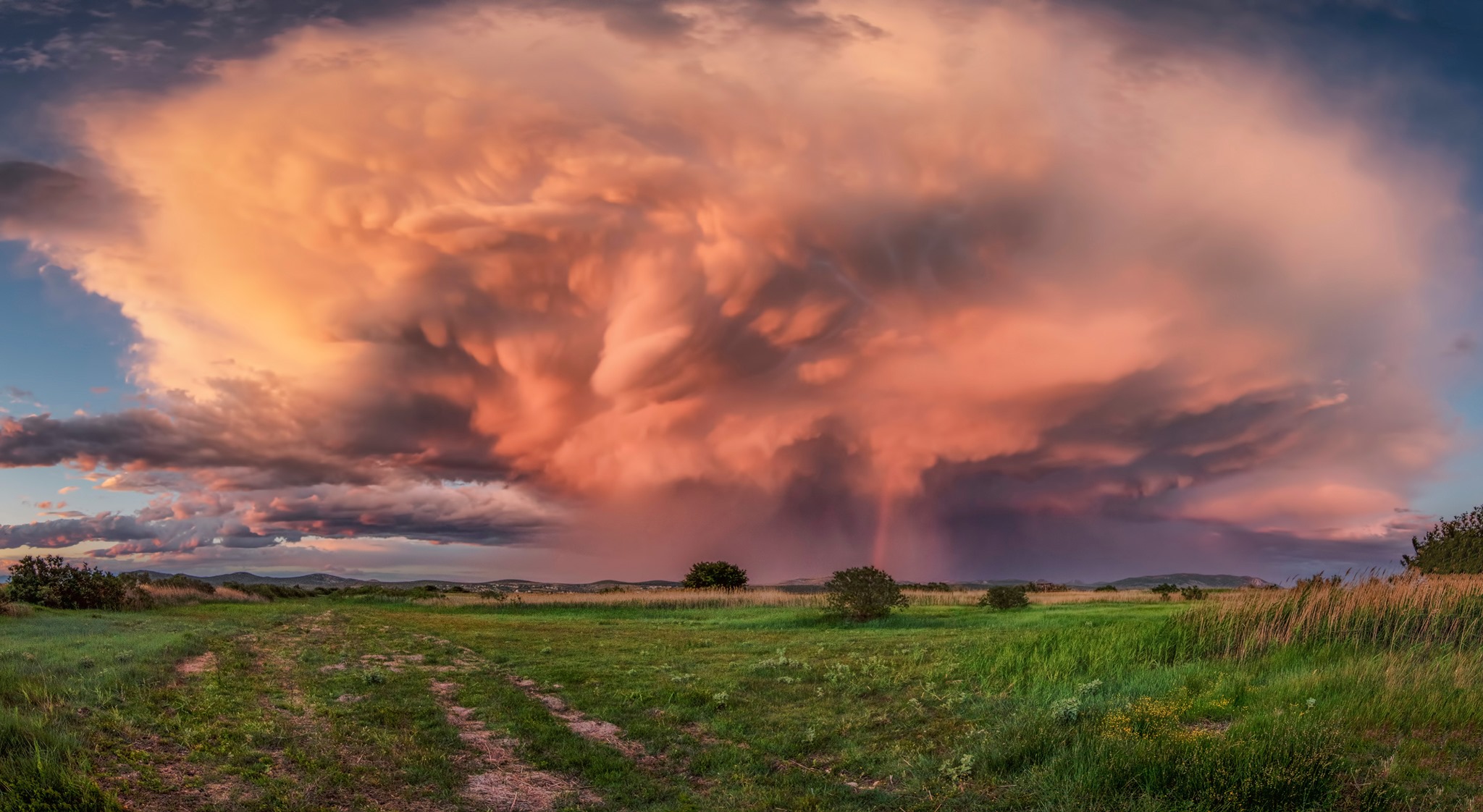 Photographer: Šime Barešić Photo taken: Drage, Pakostane
Photographer: Šime Barešić Photo taken: Drage, Pakostane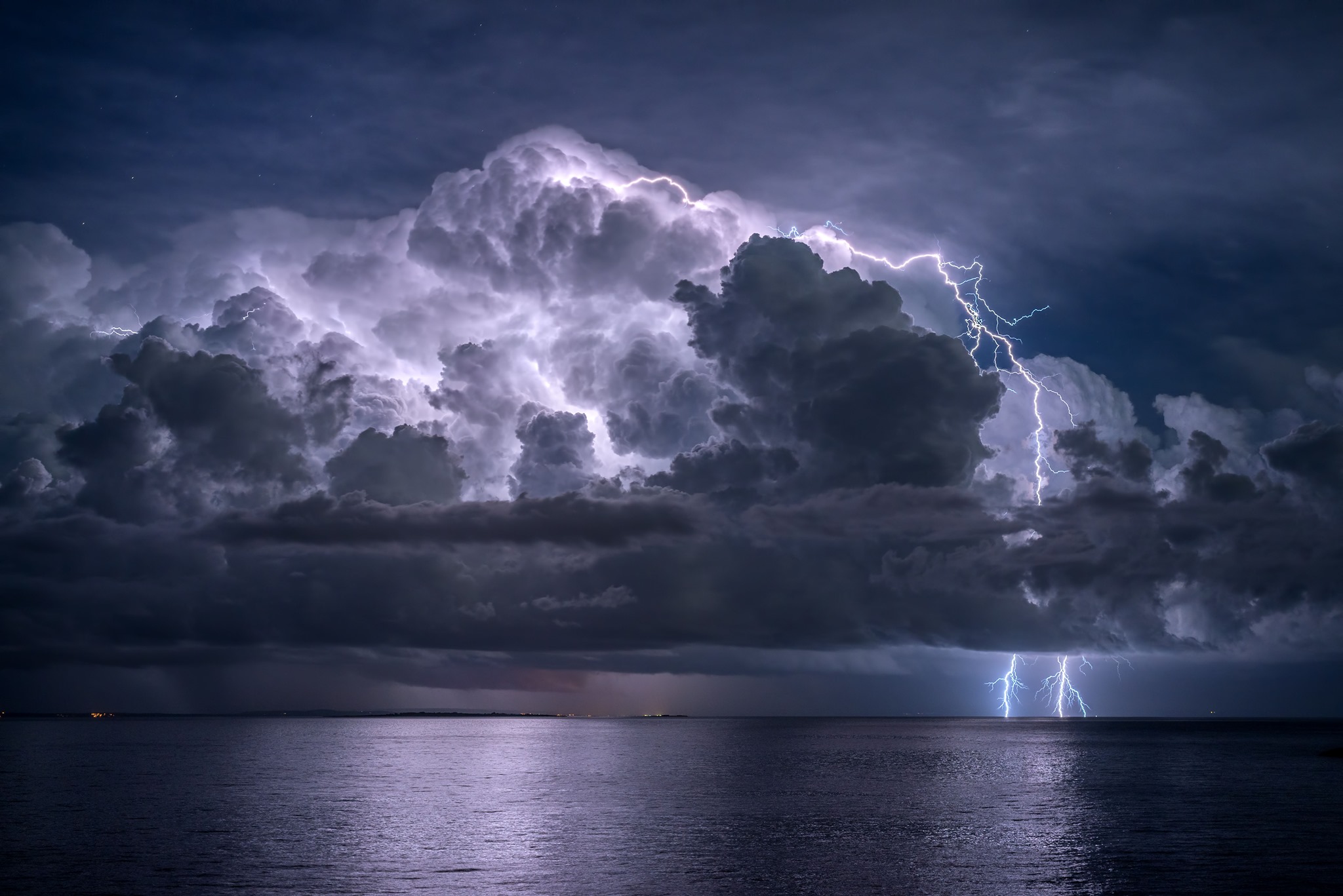 Photographer: Sandro Puncet Photo taken: Losinj island
Photographer: Sandro Puncet Photo taken: Losinj island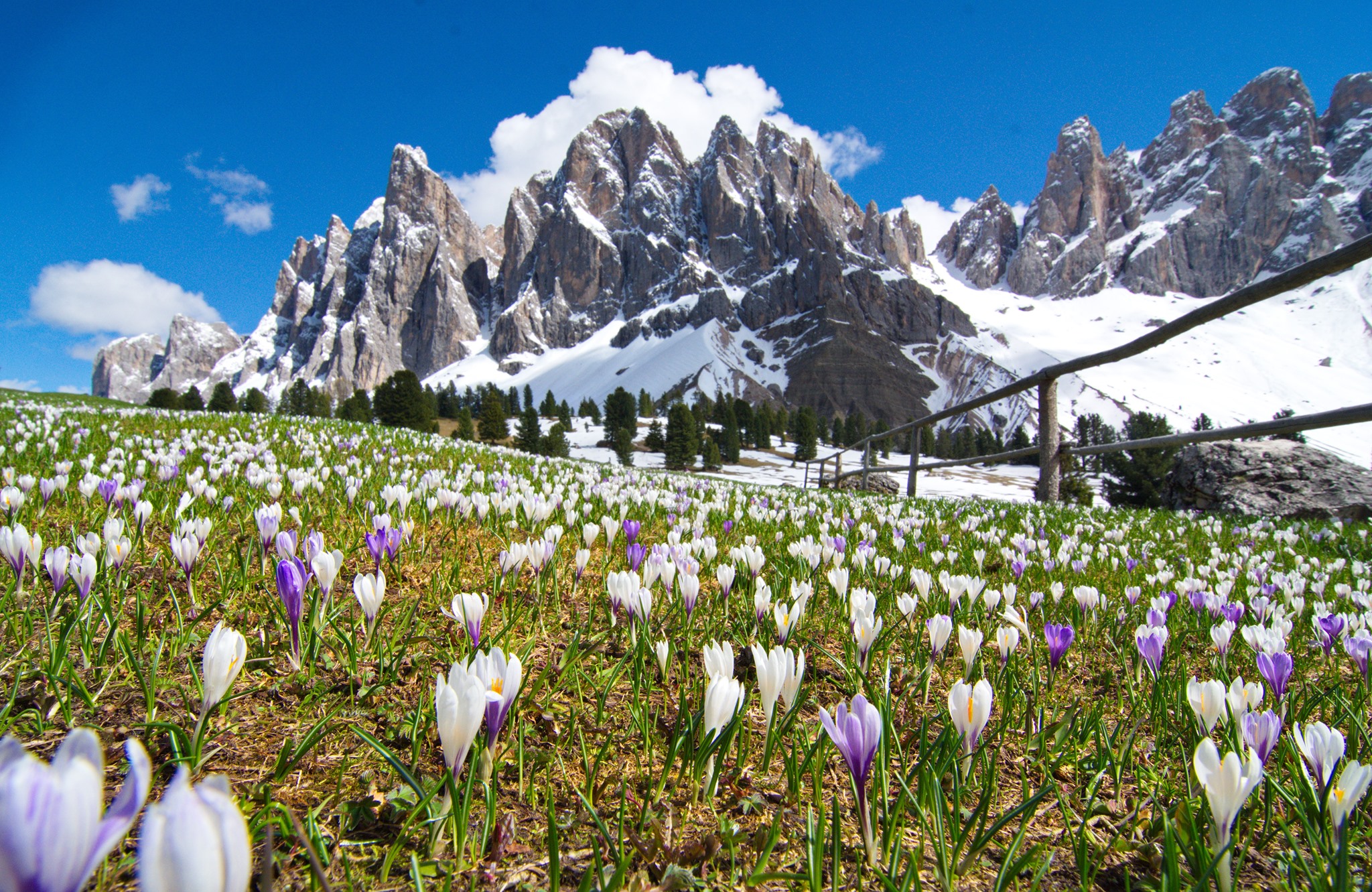 Photographer: Zoran Stanko Photo taken: Geisler Alm, Dolomites, Italy
Photographer: Zoran Stanko Photo taken: Geisler Alm, Dolomites, Italy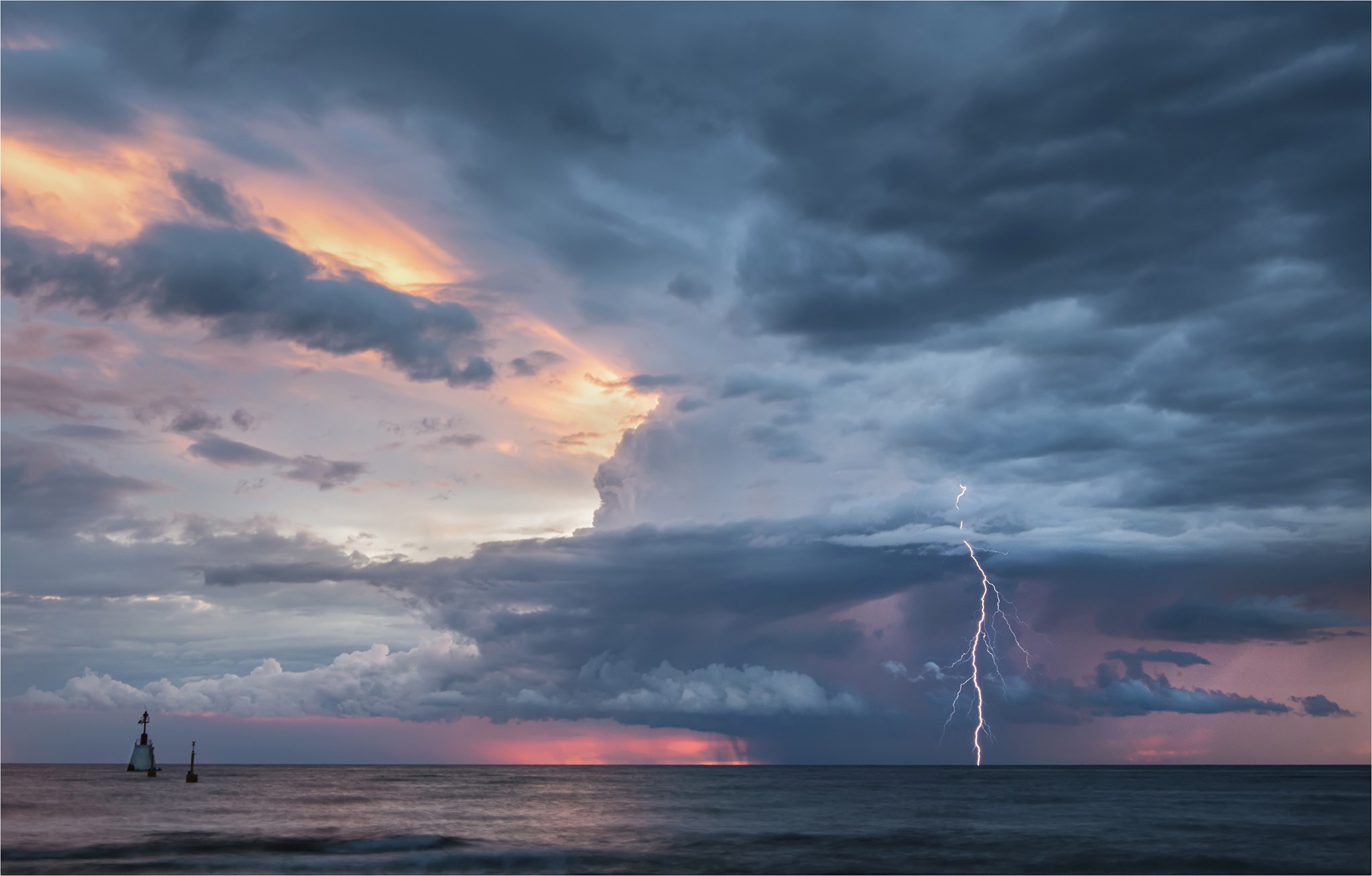 Photographer: Maja Kraljik Photo taken: Umag, Istria
Photographer: Maja Kraljik Photo taken: Umag, Istria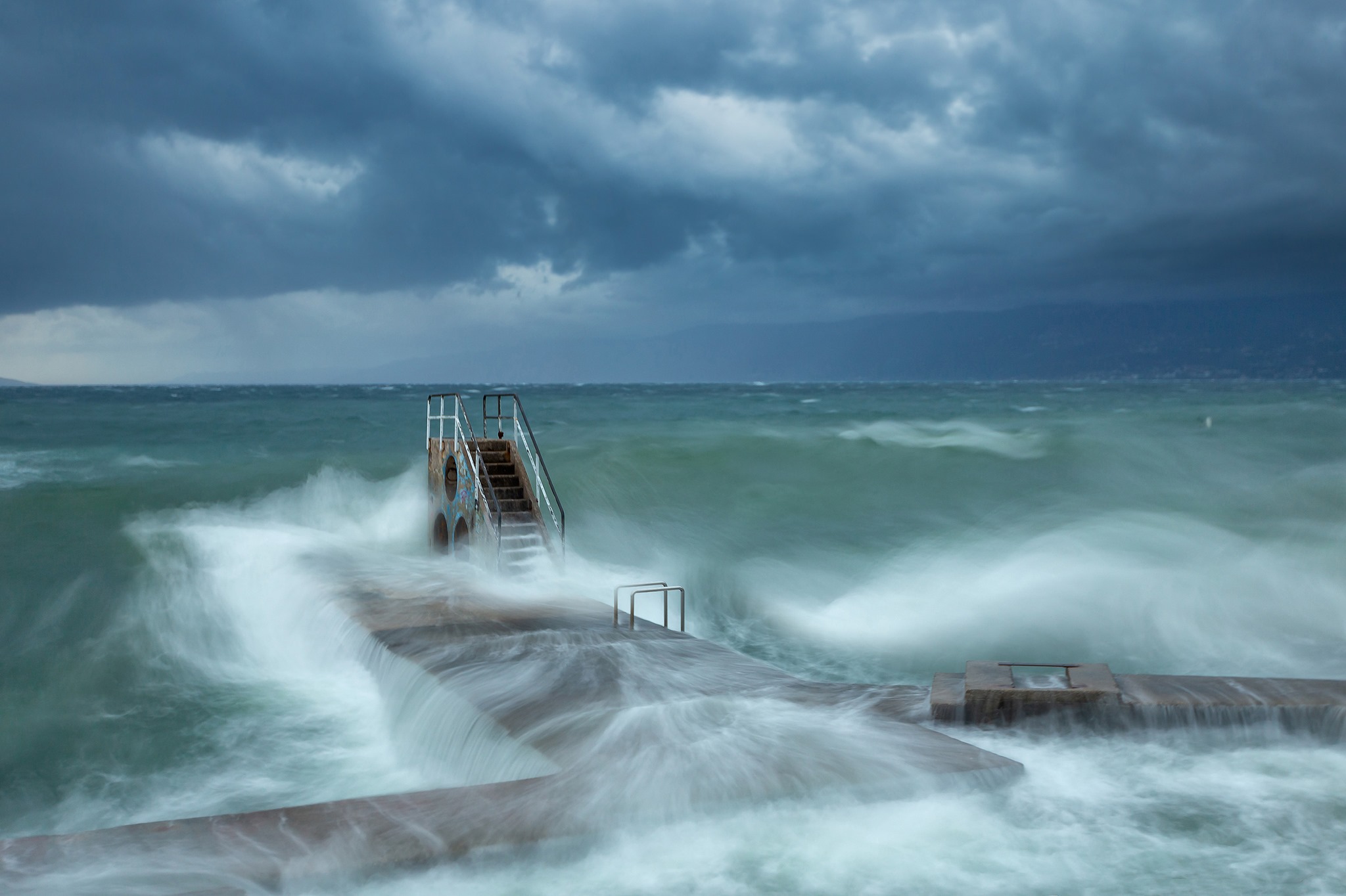 Photographer: Igor Popovic Photo taken: Rijeka
Photographer: Igor Popovic Photo taken: Rijeka
The winners of this year's competition have just been announced and the two fantastic examples of Croatia weather photography within the top 13 will take their place in the 2021 World Meteorological Organization calendar.
The 10 Croatian finalists from the 2019 competition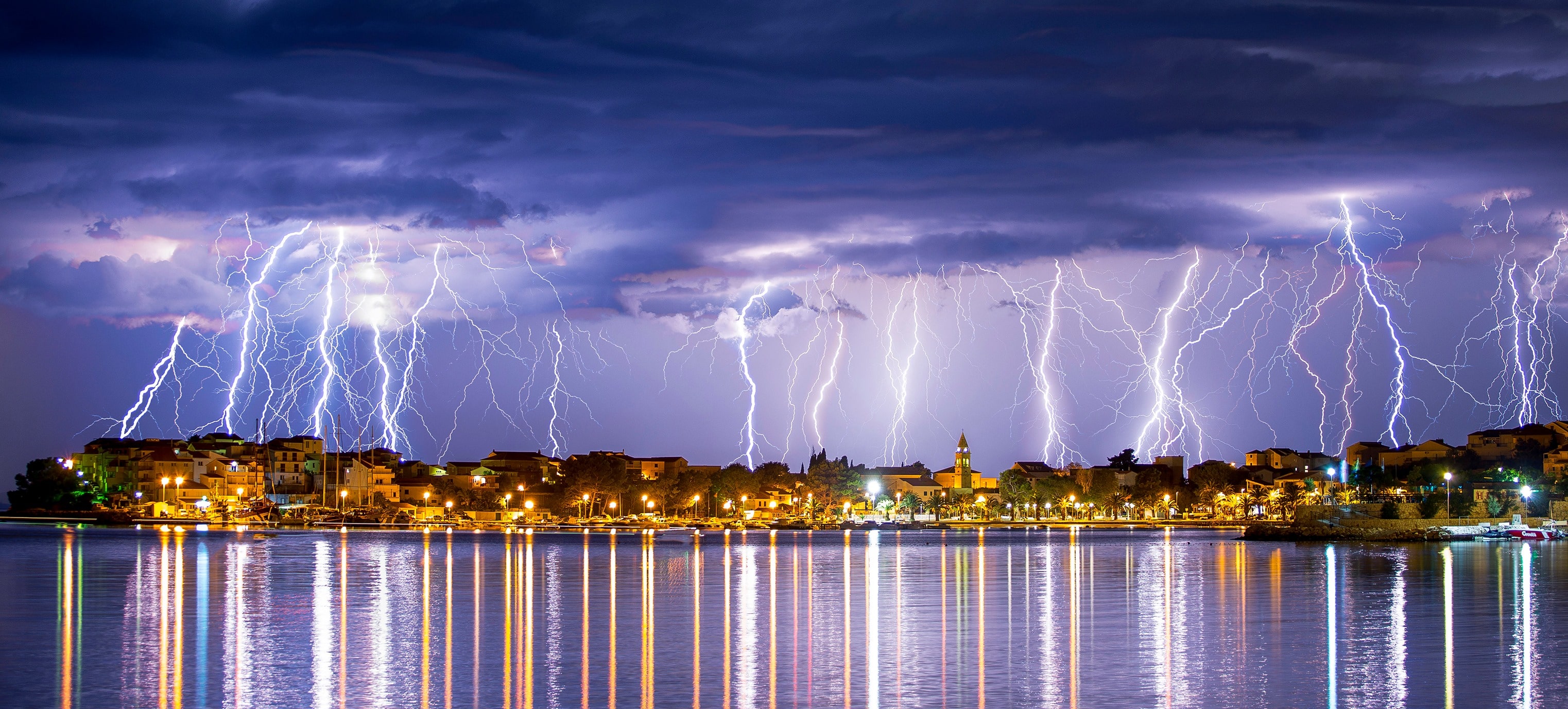 Photographer: Danica Sičič Photo taken: Srobreč, Dalmatia
Photographer: Danica Sičič Photo taken: Srobreč, Dalmatia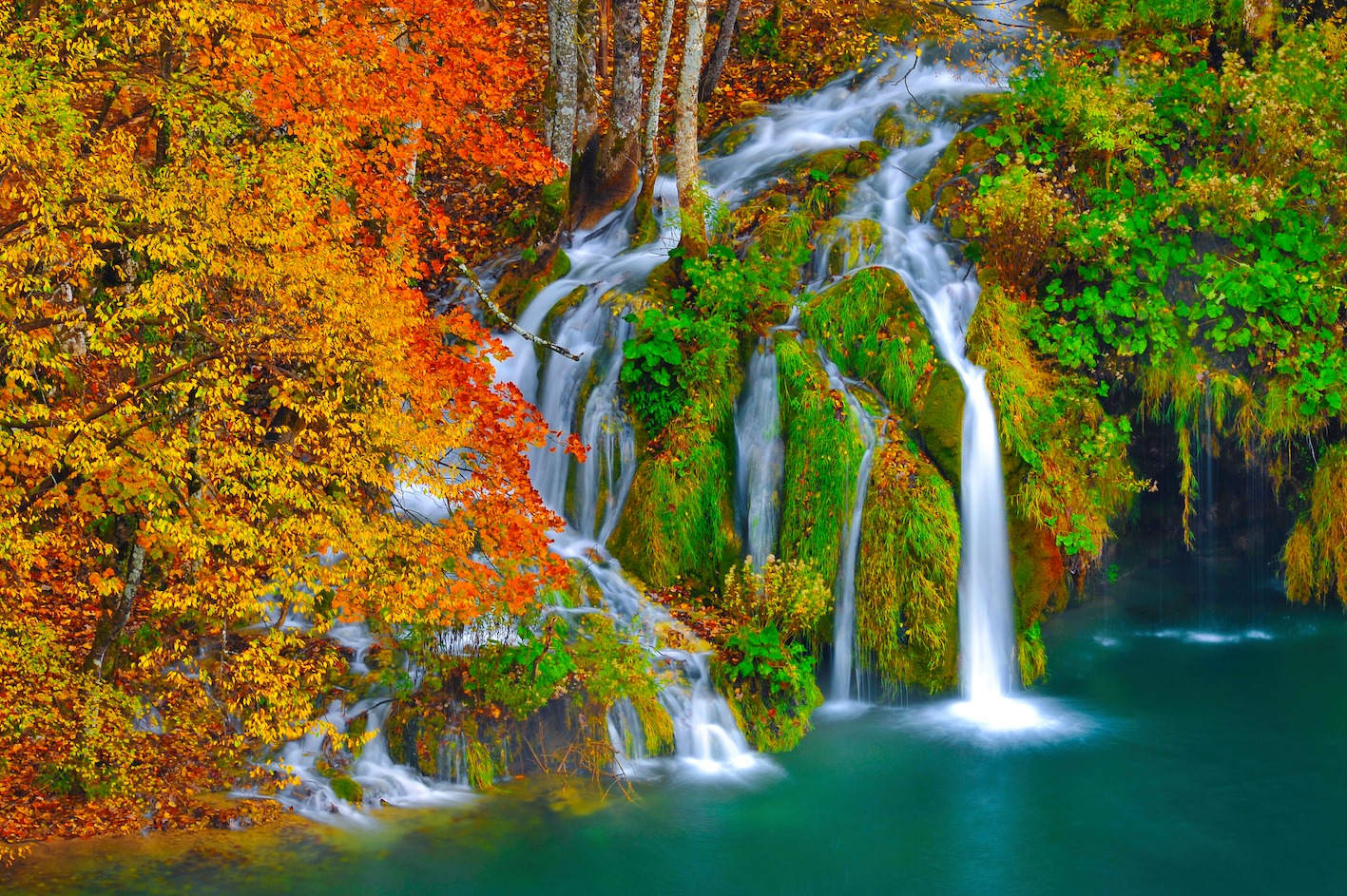 Photographer: Romeo Ibrišević Photo taken: Plitvice Lakes National Park
Photographer: Romeo Ibrišević Photo taken: Plitvice Lakes National Park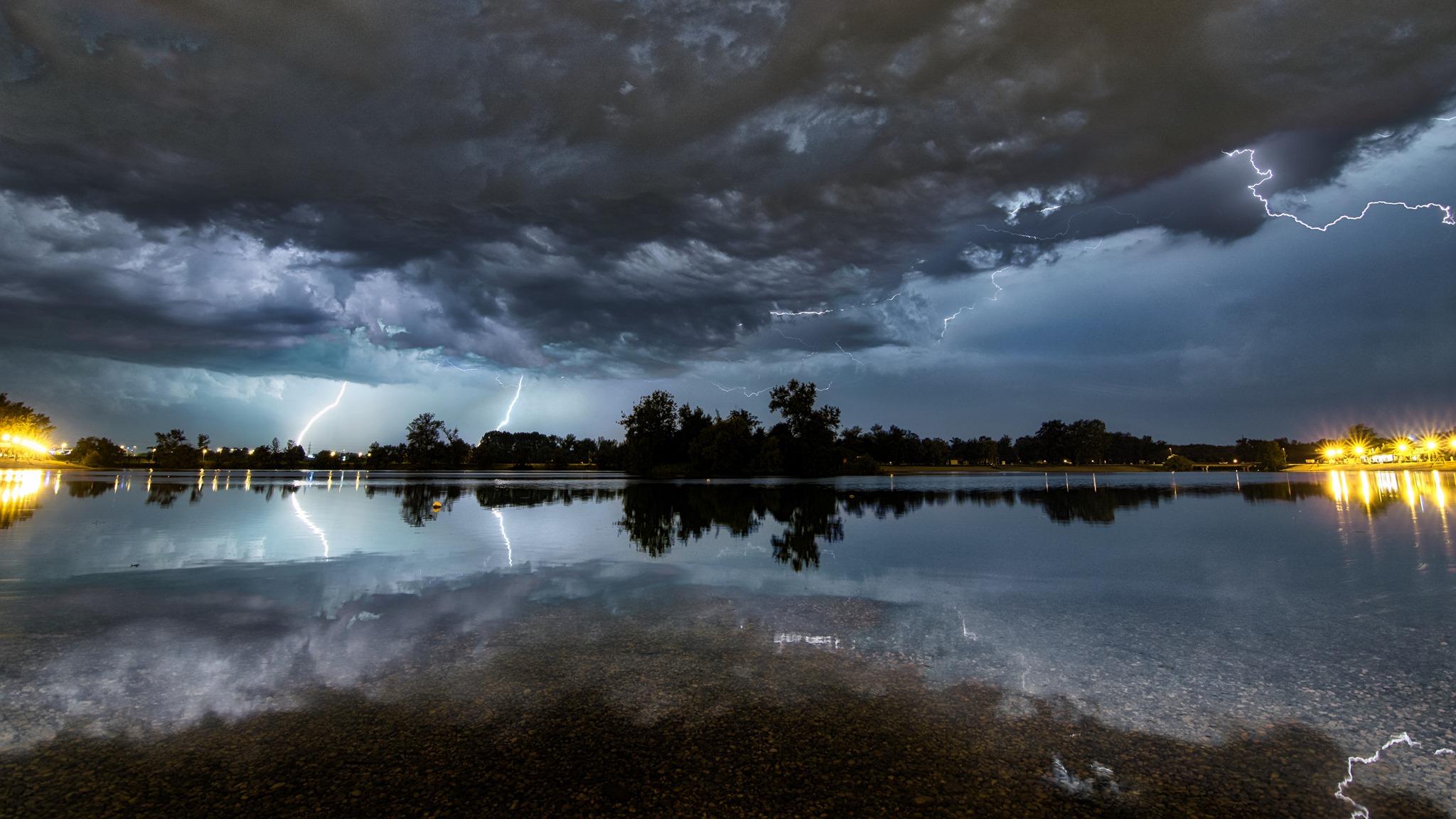 Photographer: Božan Štambuk Photo taken: Bundek park, Zagreb
Photographer: Božan Štambuk Photo taken: Bundek park, Zagreb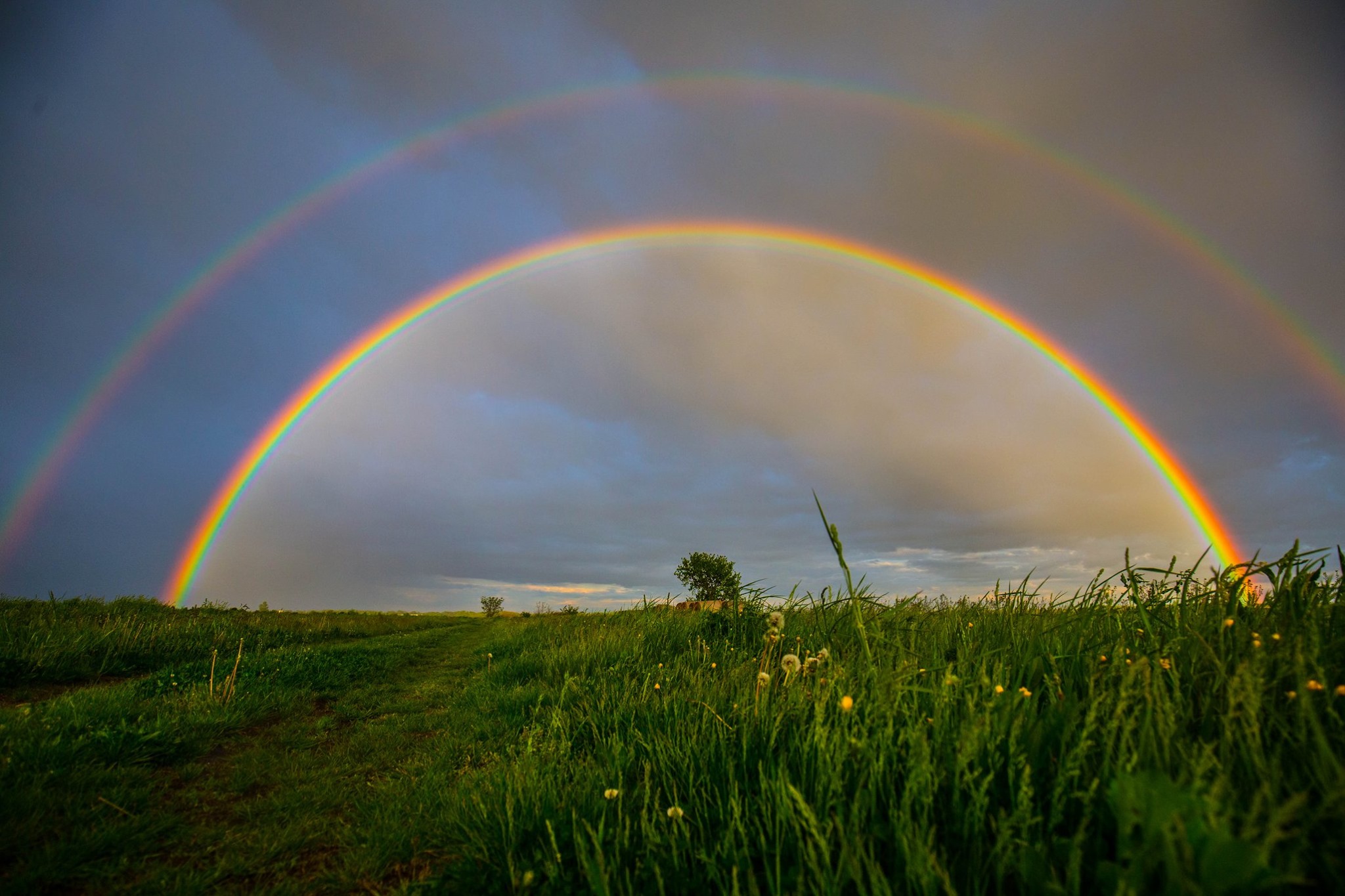 Photographer: Miroslava Novak Photo taken: Pribislavec, Međimurje
Photographer: Miroslava Novak Photo taken: Pribislavec, Međimurje
As well as the two winners, two further examples of Croatia weather photography came in the runner-up category, of which there were 12 in total.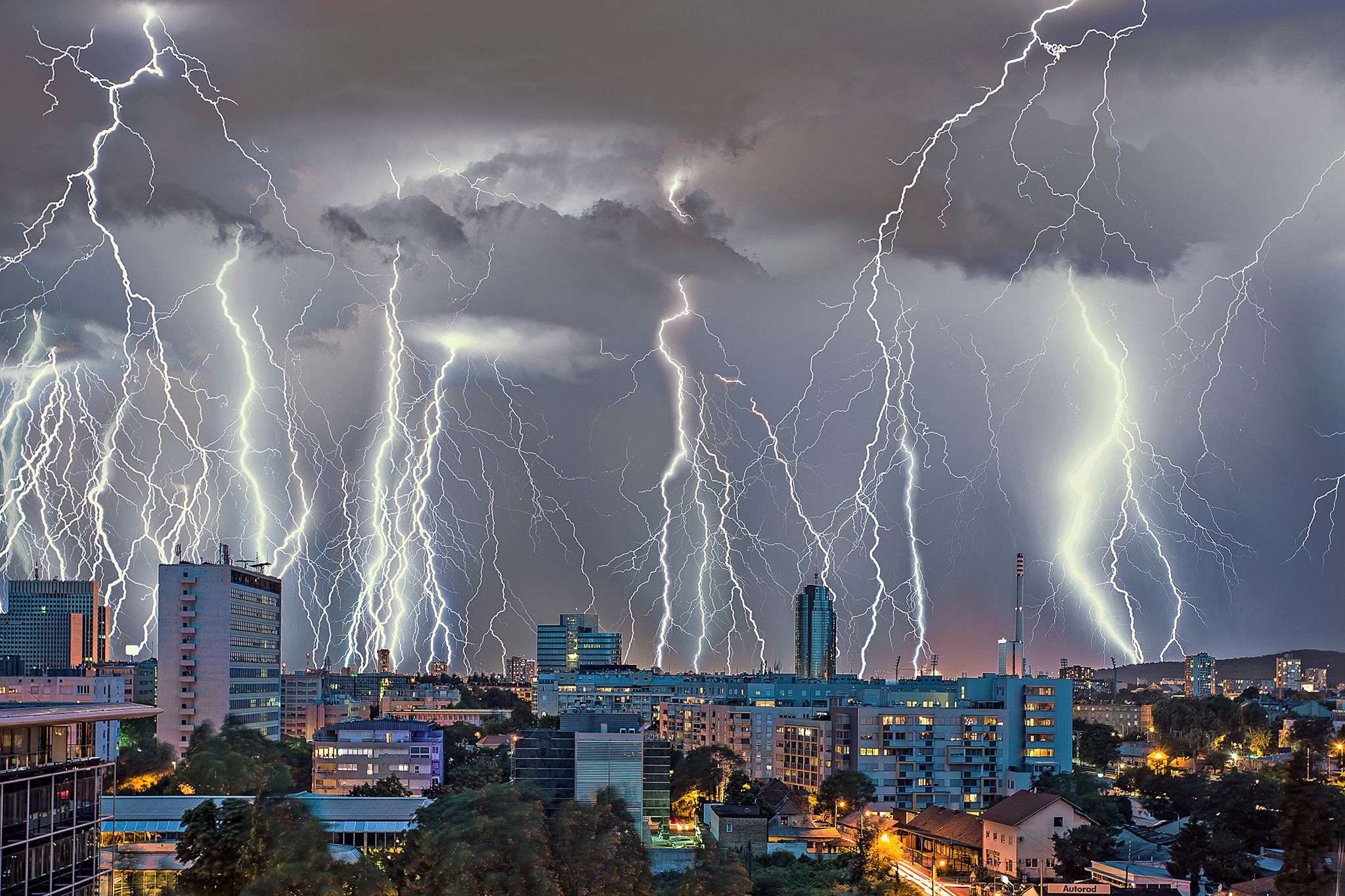 Photographer: Francesca Delbianco Photo taken: Zagreb
Photographer: Francesca Delbianco Photo taken: Zagreb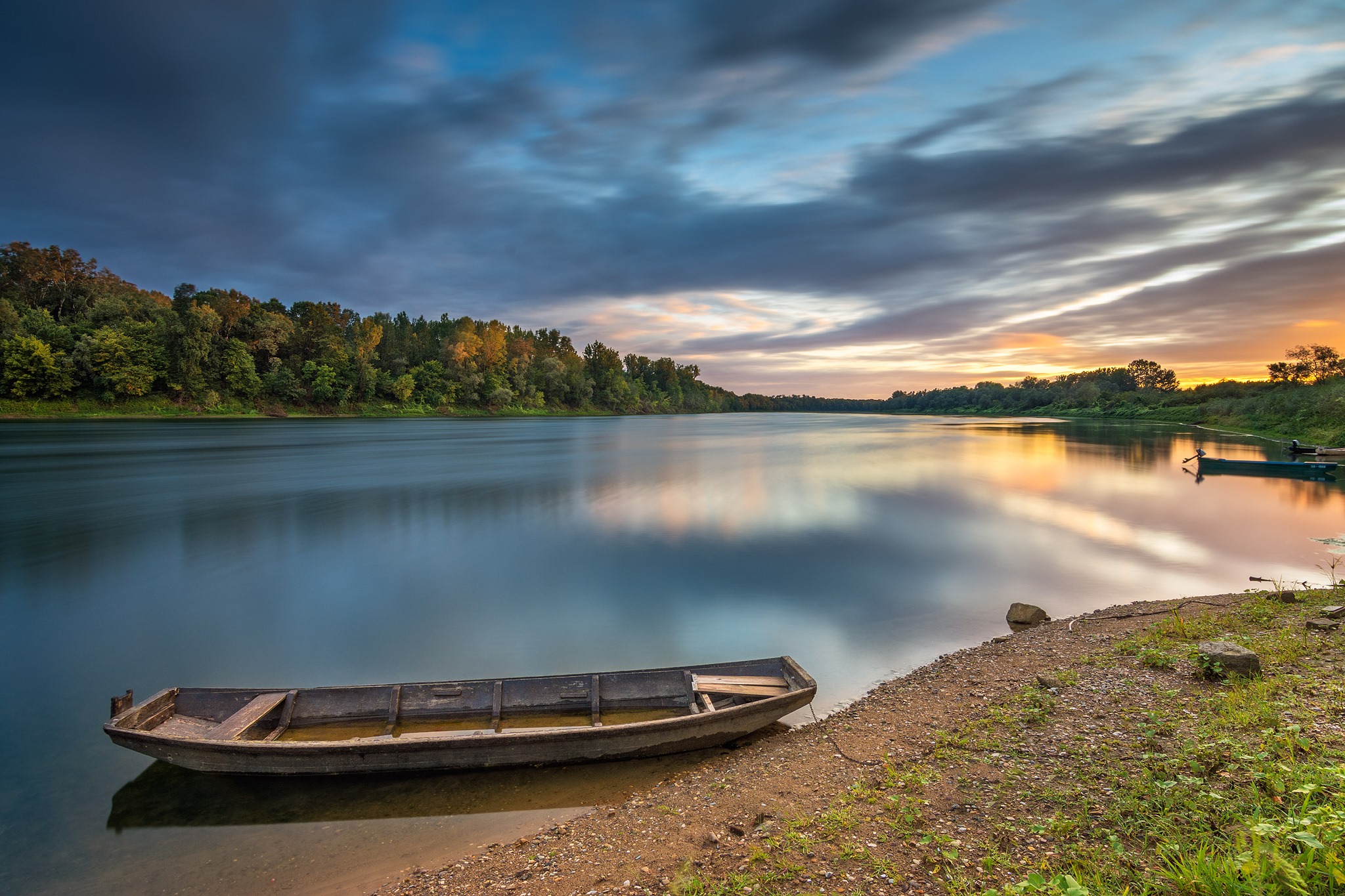 Photographer: Ivica Brlić Photo taken: Sava river, Davor, near Slavonski Brod
Photographer: Ivica Brlić Photo taken: Sava river, Davor, near Slavonski Brod Photographer: Nataša Šafar Photo taken: Rečica, near Karlovac
Photographer: Nataša Šafar Photo taken: Rečica, near Karlovac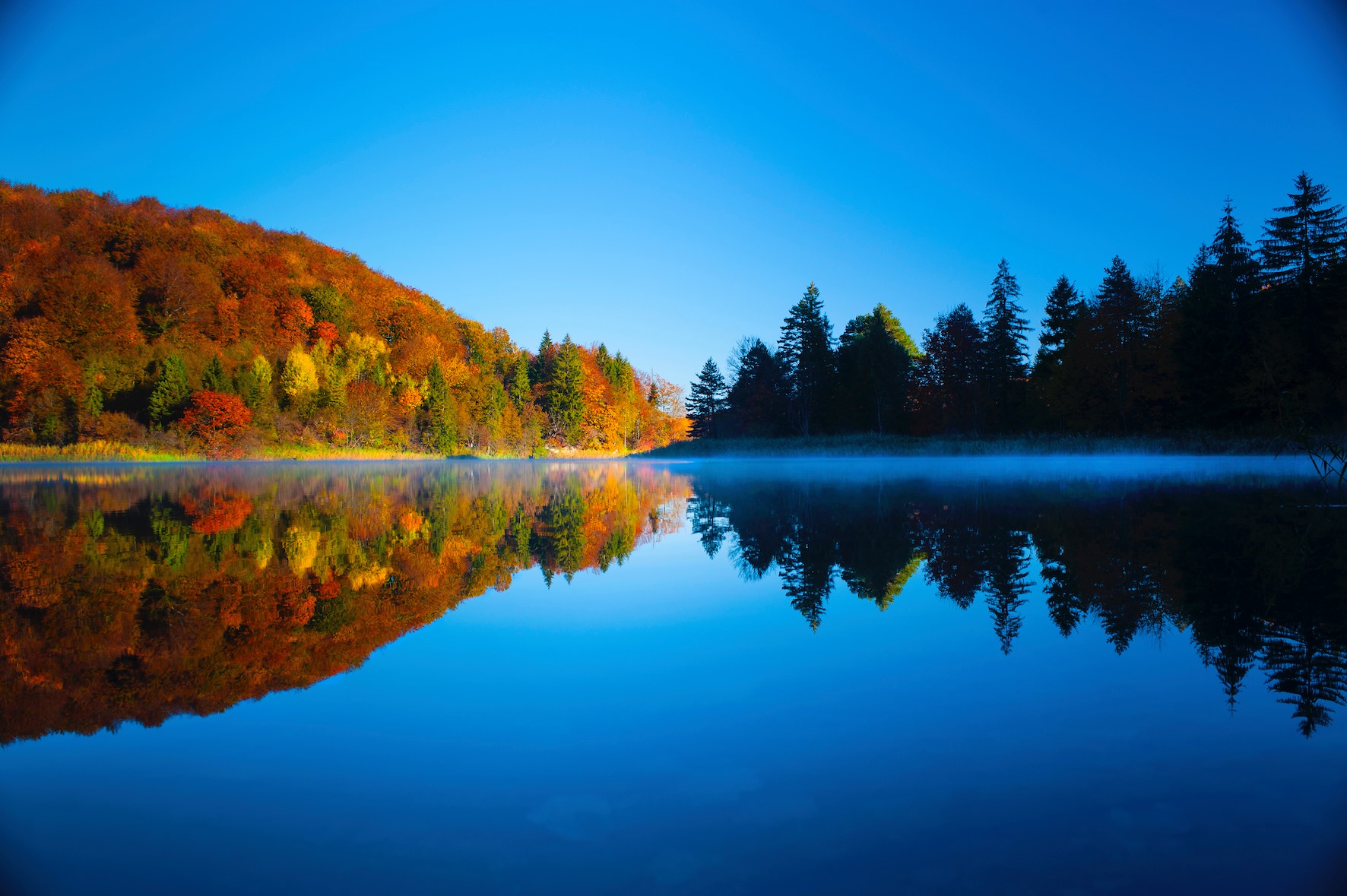 Photographer: Romeo Ibrišević Photo taken: Plitvice Lakes National Park
Photographer: Romeo Ibrišević Photo taken: Plitvice Lakes National Park
Over 1000 photographs from all over the world were entered in the 2020 competition. The submissions were narrowed down to a final selection of 70 contenders. As TCN reported back at the start of October, no less than 9 examples of Croatia weather photography made it into the final 70, taken by 7 Croatian photographers.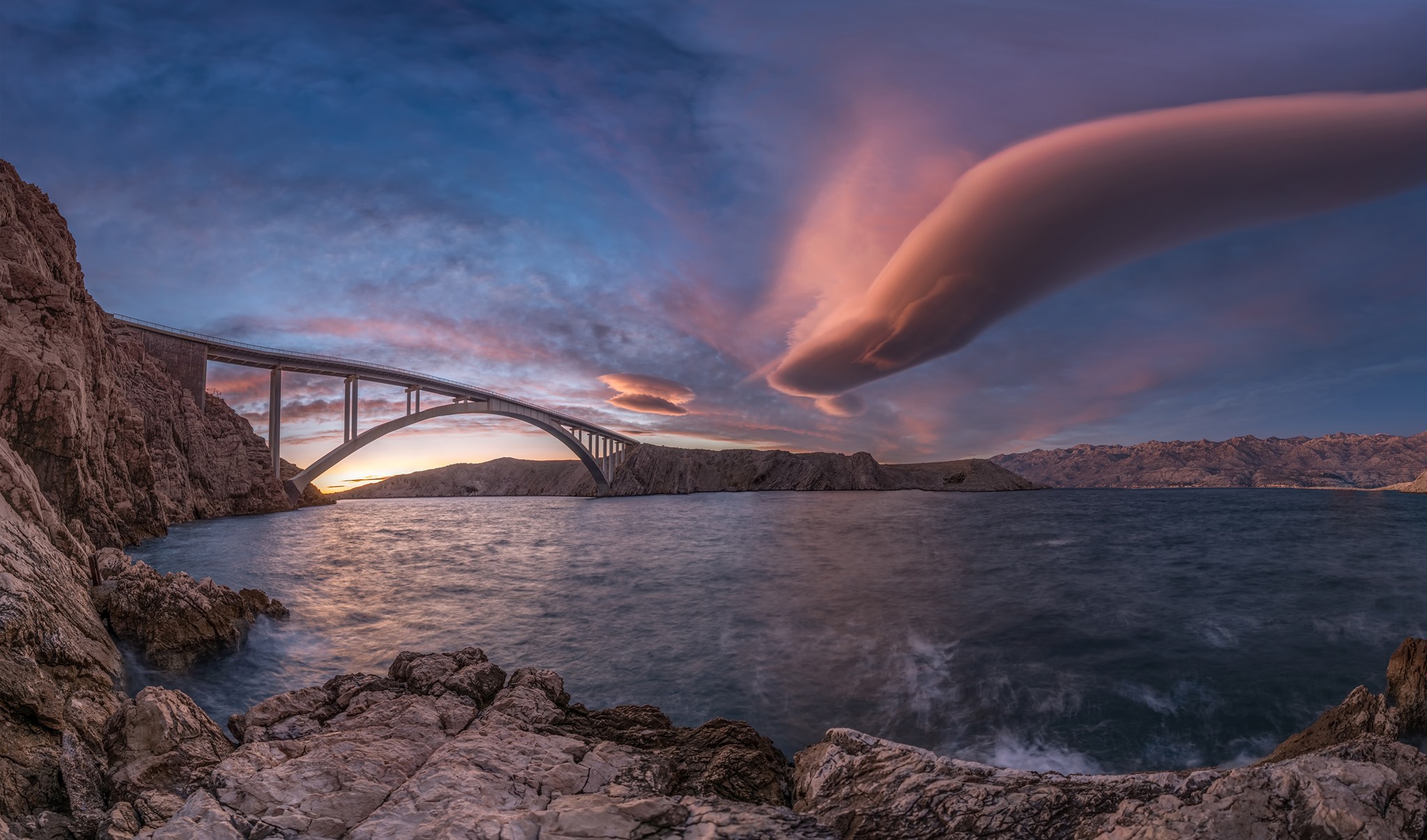 Photographer: Danijel Palčić Photo taken: Pag island
Photographer: Danijel Palčić Photo taken: Pag island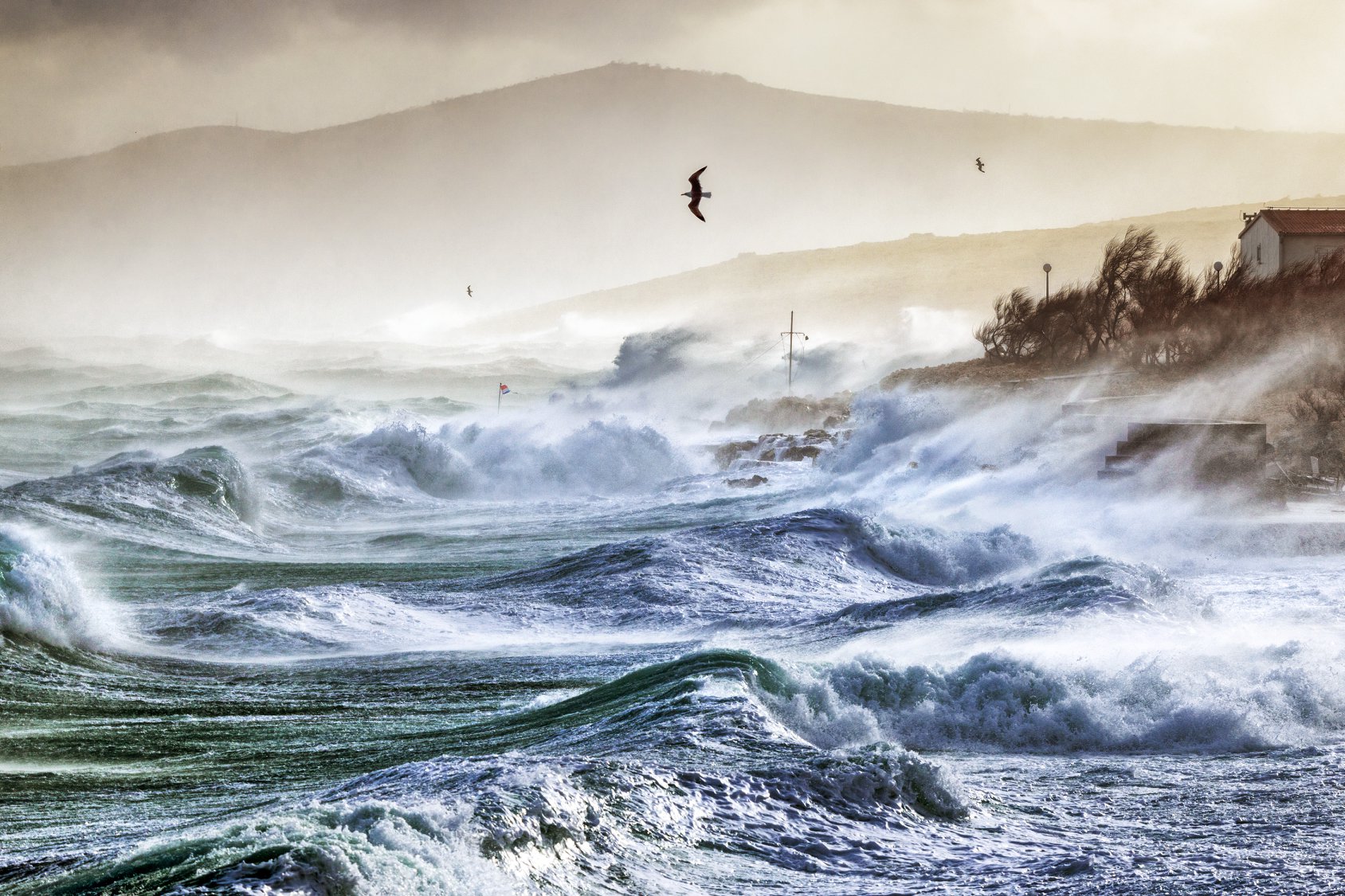 Photographer: Aleksandar Gospic Photo taken: Ražanac
Photographer: Aleksandar Gospic Photo taken: Ražanac
Croatia regularly punches well above its weight in the annual competition, as we can see from these 10 examples of incredible Croatia weather photography that were among the finalists in 2019.
All images courtesy World Meteorological Organisation
PHOTOS: Plitvice Lakes in Autumn Tones Create Beautiful Contrast
October 26, 2020 – On this day 41 years ago, Plitvice Lakes was included on the UNESCO World Heritage List. A look at the famous park in late October when it is covered in autumn tones.
One of the most beautiful natural sights in Europe and definitely a must-visit place in Croatia, Plitvice Lakes National Park, is known for its magnificent travertine barriers that create 16 clear lakes separated by the numerous cascading waterfalls.

Although Plitvice Lakes are known for the crystal clear water of lakes and green vegetation, in autumn their appearance turns into a real colorful landscape due to the yellow and orange leaves of the surrounding treetops.
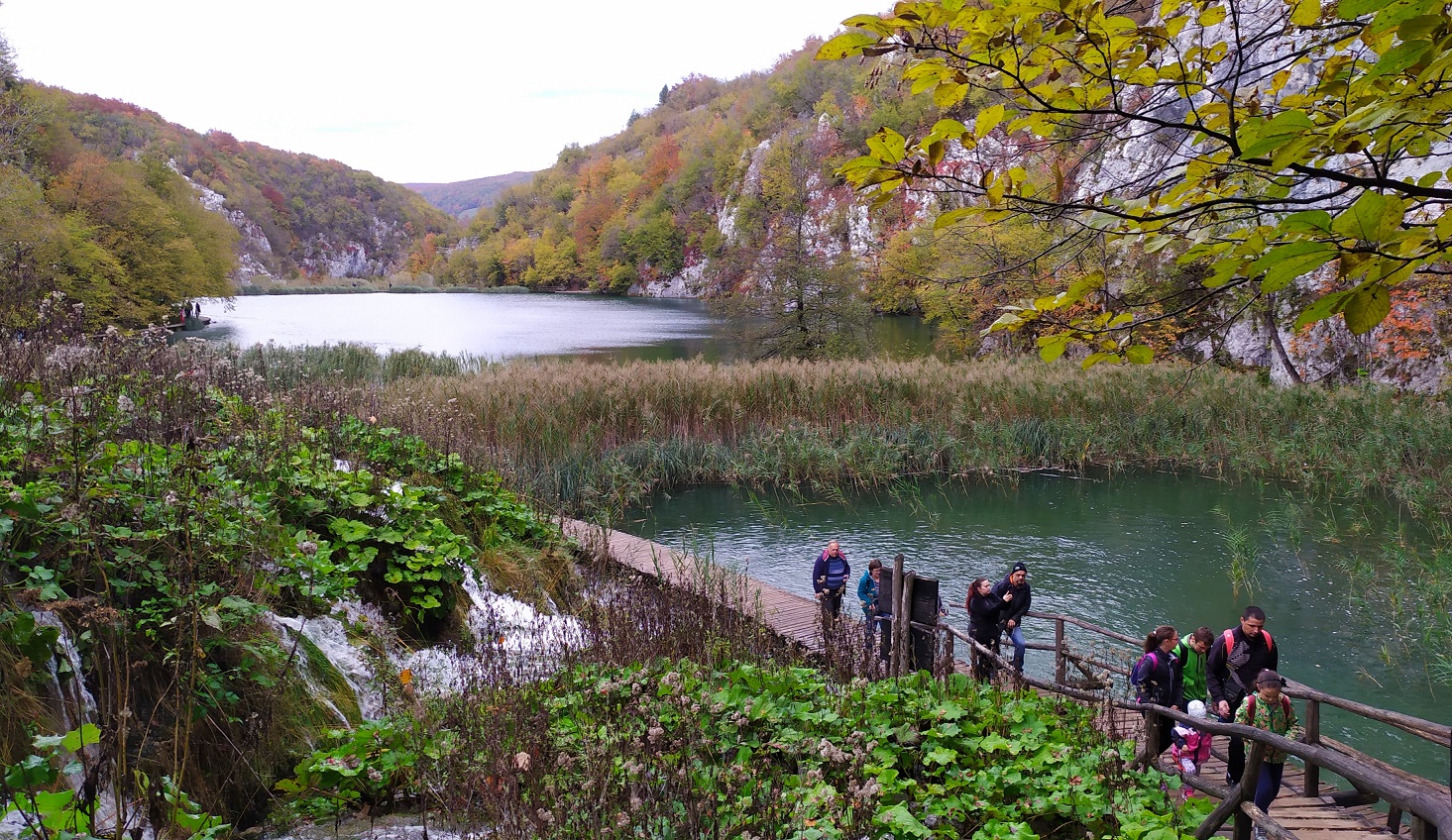
Plitvice Lakes are located in the Korana River valley where the travertine barriers block it, and the area of the national park stretches through Karlovac and Lika-Senj counties. Whether it is spring, summer, autumn, or winter, Plitvice Lakes exude their unique beauty at any time of the year, and autumn stands out as it creates a beautiful contrast between the orange leaves of the deciduous forest and the clear green waters of lakes.
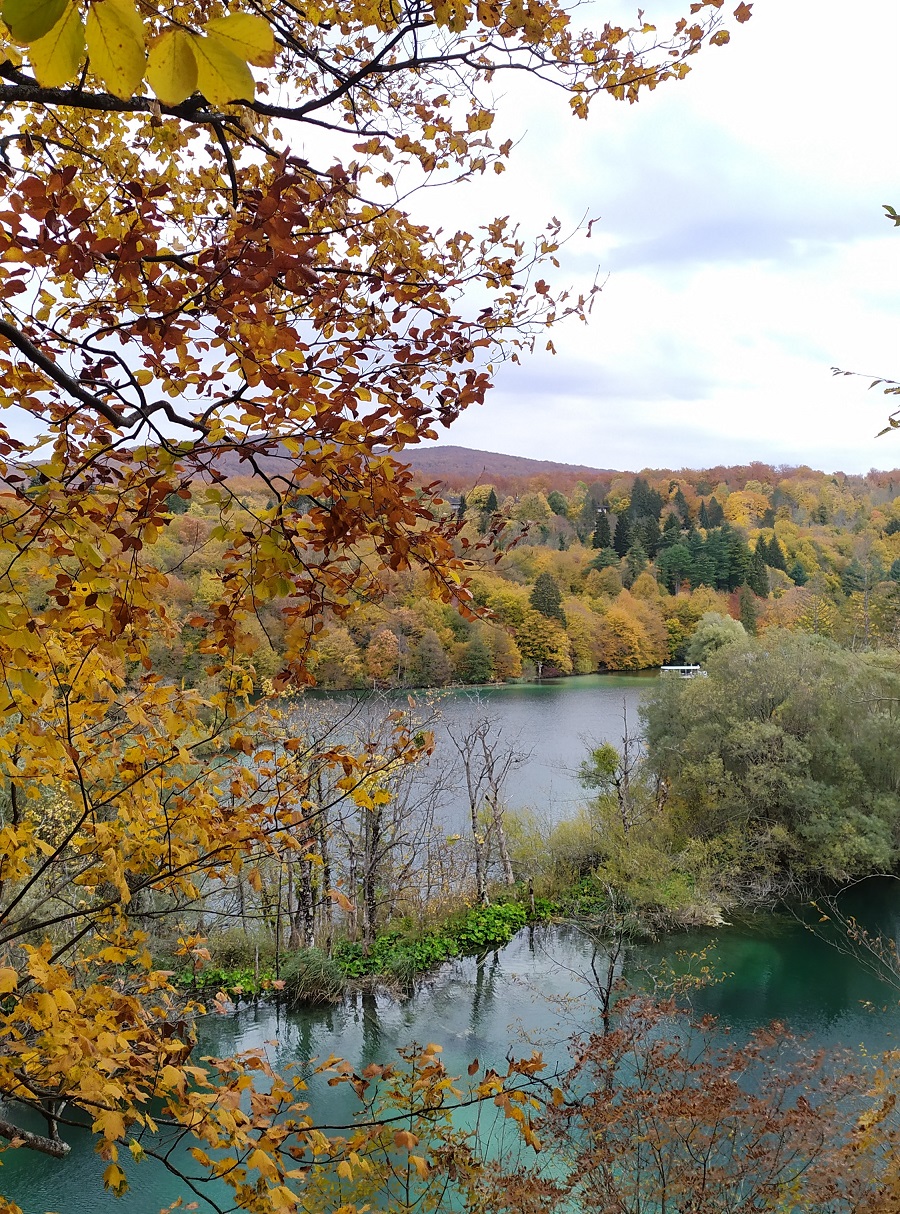
Anyone who visits Plitvice at this time of the year will not remain indifferent walking the wooden paths watching the waterfalls that make their way through the diverse vegetation. The lakes are now filled by the contrast of variegated deciduous treetops and clear lake water, as well as the contrast of fast and loud waterfalls defying calm parts of lakes.
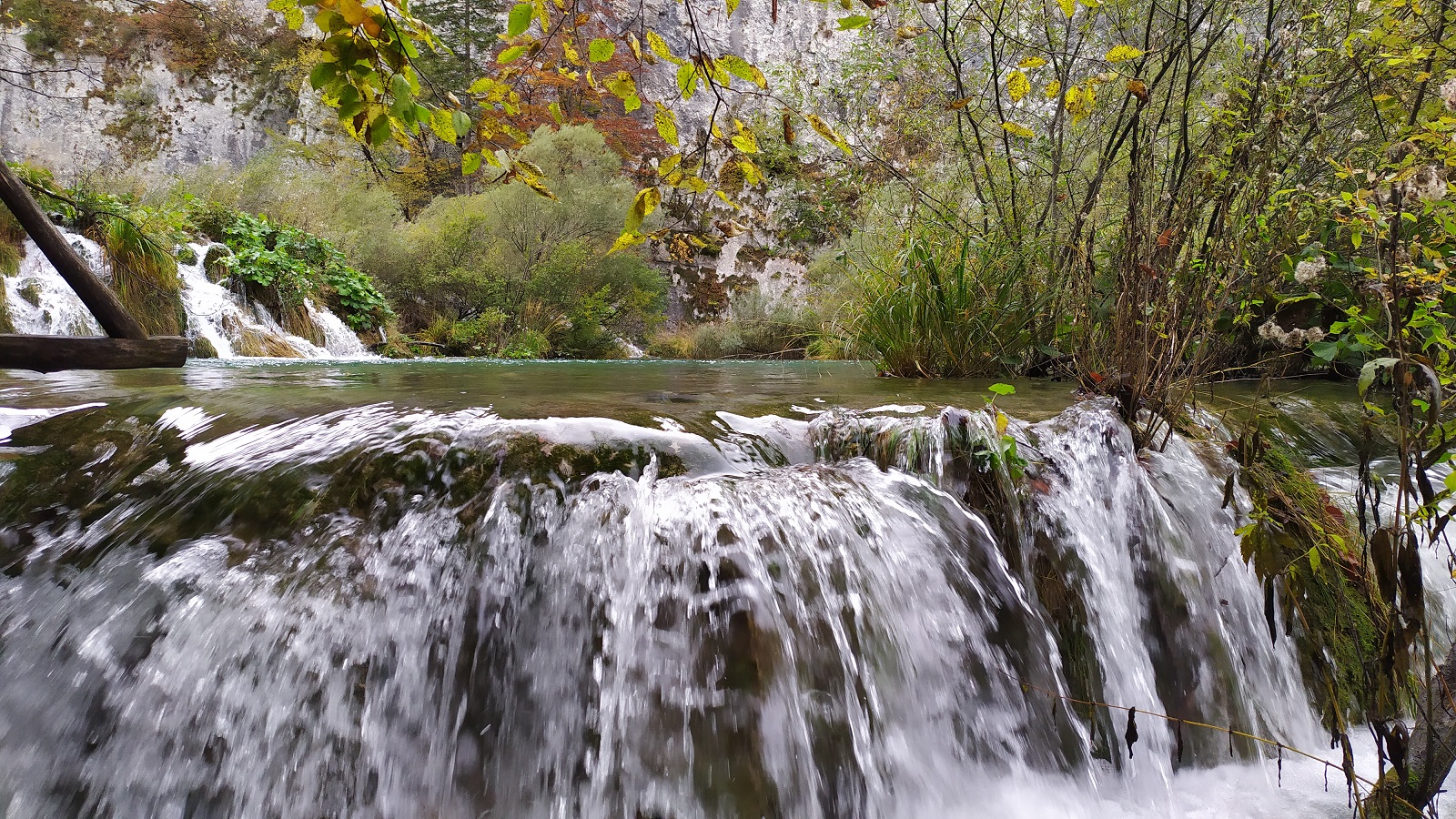
A boat ride on the largest lake Kozjak and a train ride on the hilly part of the park allow visitors to even better observe and absorb the coexistence of lakes, forests, and plants. This time of the year, yellow and brown leaves cover wooden paths and edges of lakes where ducks and fish freely swim.
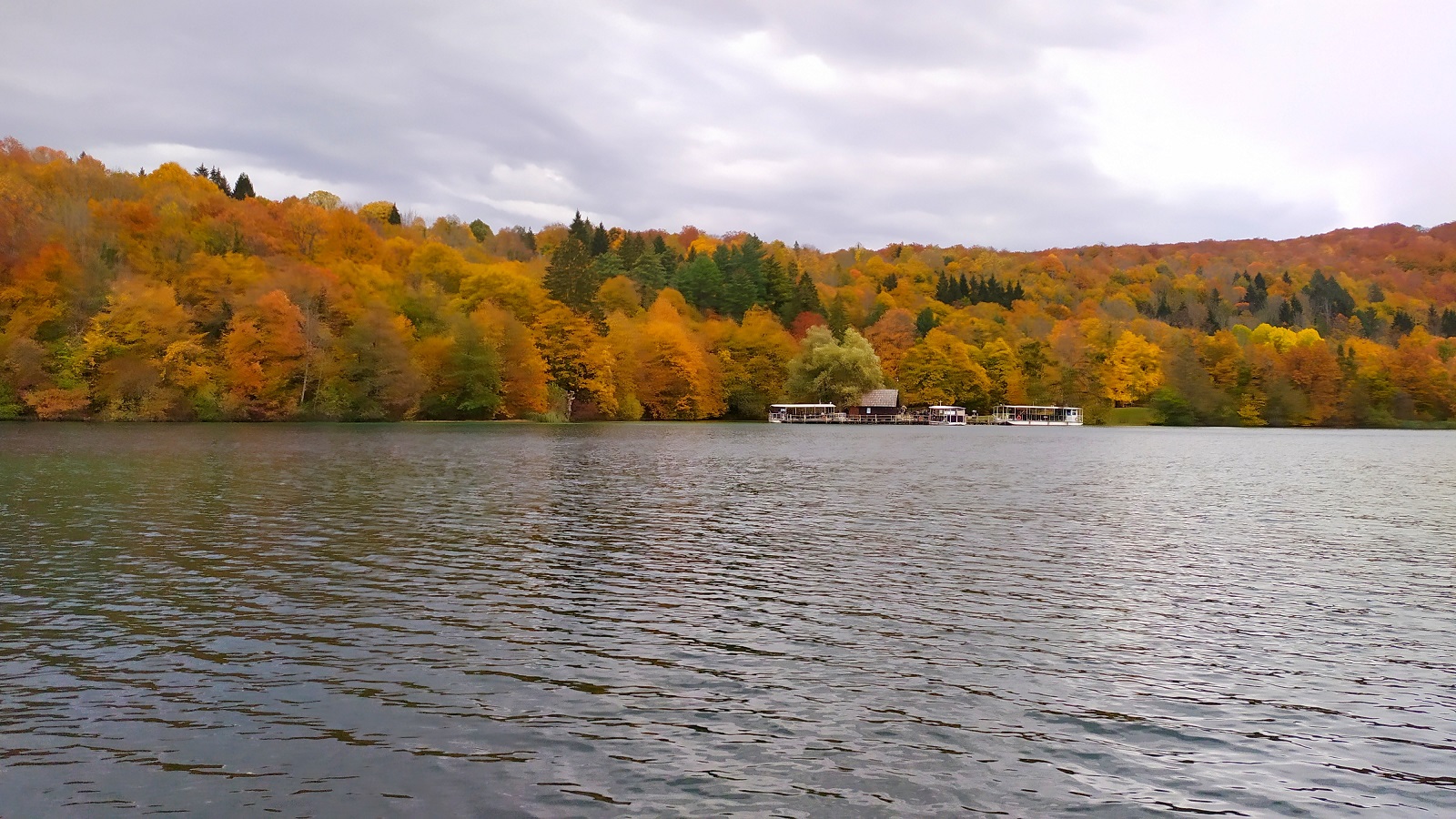
The natural process of travertine is responsible for Plitvice's shape since travertine barriers create lakes and waterfalls, which is why this colorful paradise was included on the UNESCO World Heritage List on this day 41 years ago, but also because of its well-preserved forest and rich fauna.
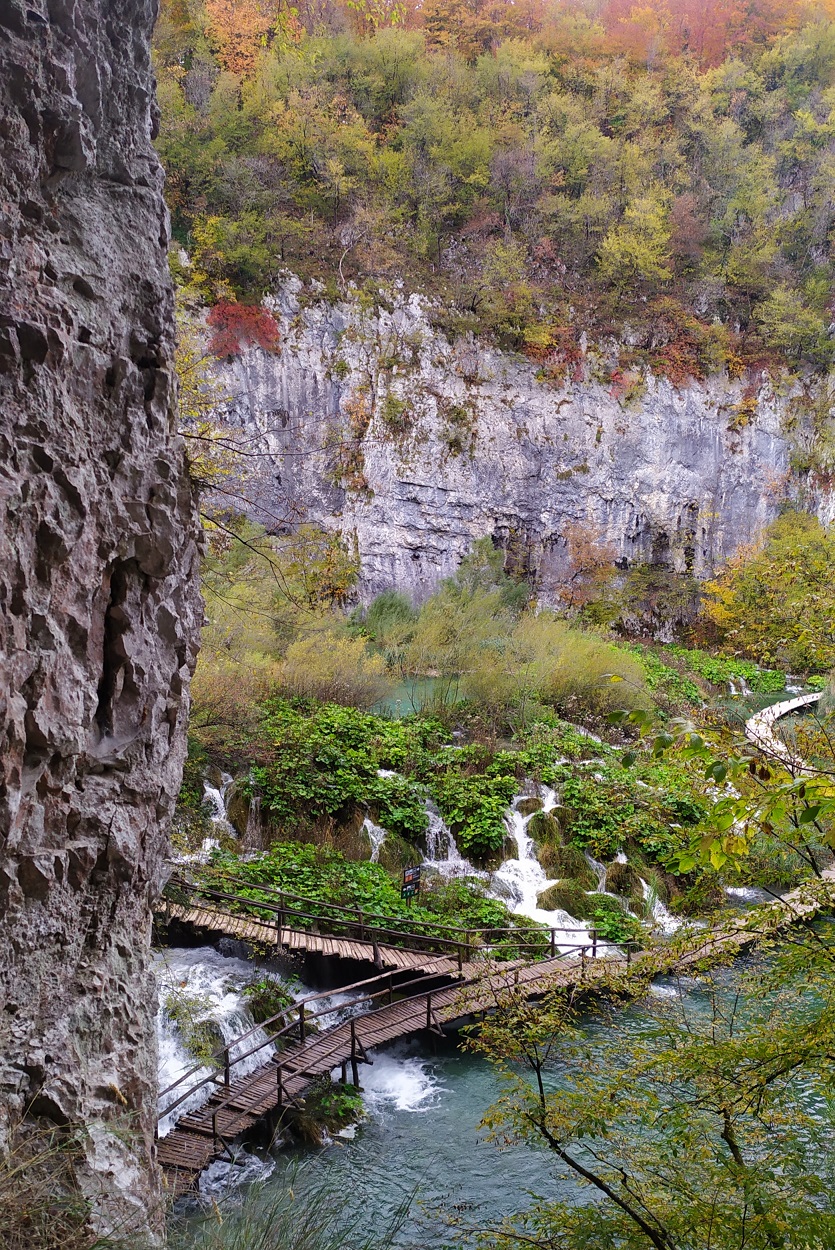
The first and the biggest Croatian national park, Plitvice Lakes was placed on the World Heritage List as the only natural heritage at the time. Today this list counts as many as 1121 world heritage sites, and 213 as natural heritage.
Alongside Plitvice Lakes, the natural heritage under UNESCO protection in Croatia consists of two more national parks – Paklenica and Northern Velebit, and a group of rocky peaks of Velebit called Hajdučki and Rožanski kukovi made the list too. They are all part of UNESCO's Ancient and Primeval Beech Forests of the Carpathians and Other Regions of Europe.
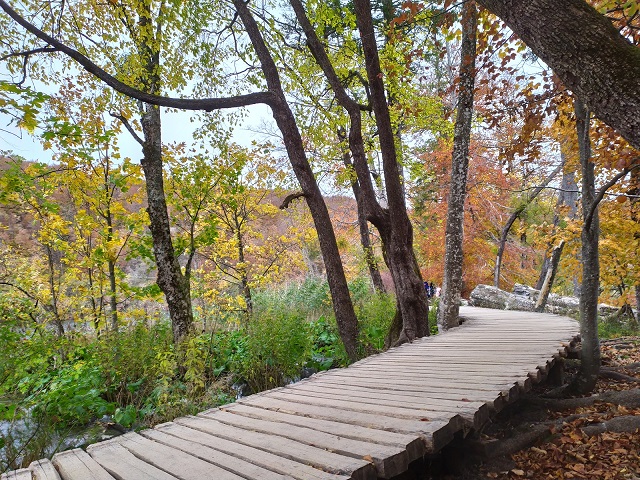
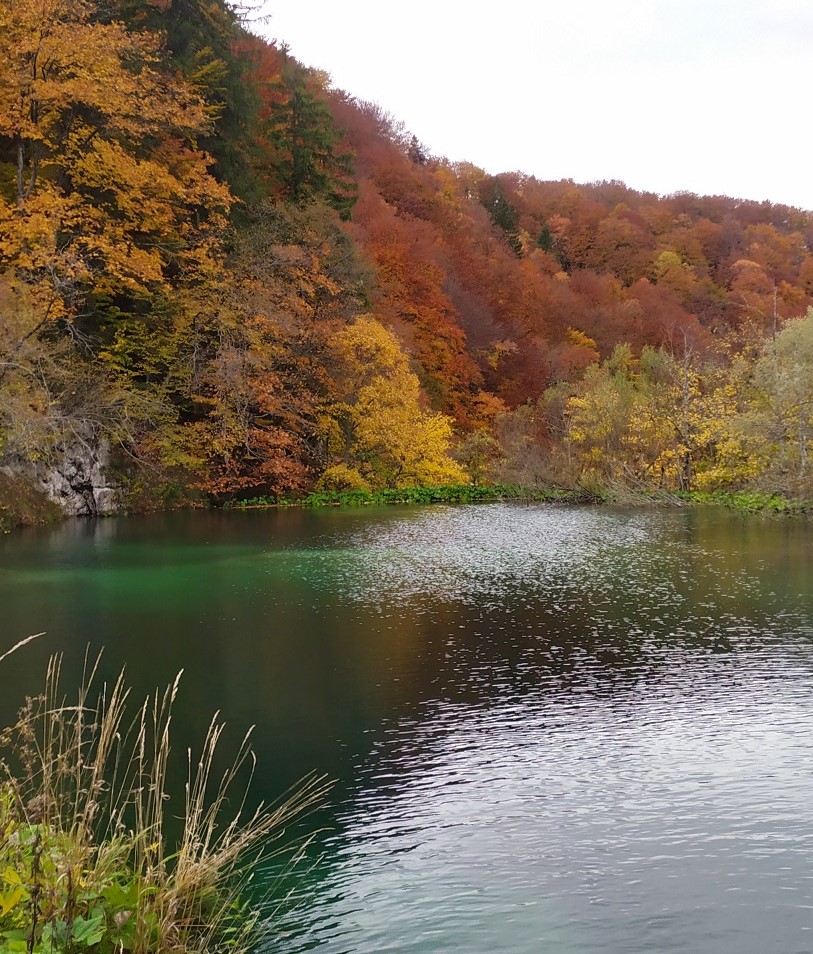
The Croatian region of Lika, where Plitvice Lakes and all other UNESCO nature sites in Croatia are located, proves to be rich with natural heritage that is unique in Europe and is worth visiting when in Croatia.
All photos © Donatella Pauković
For the latest travel info, bookmark our main travel info article, which is updated daily.
Read the Croatian Travel Update in your language - now available in 24 languages.
Rakovica in Plitvice Valleys Presents Promotional Video
Hundreds of thousands of visitors will not want to miss the wonder that is the Plitvice Lakes National Park in Lika this year. Many of them will enter the park itself through Rakovica, which is the northern entrance, mostly unaware that they are in the centre of what's called the Plitvice Valleys, an amazing destination in and of itself, worth exploring for its beauty alone and the potential for a "green vacation".
That's why the Tourist Board of Rakovica Municipality decided to create a lively promo video which shows the visitors from all over the world how beautiful the Plitvice Valleys are. Their goal is to make the visitors to Plitvice Lakes (which remains the biggest attraction in the region and one of the most significant tourist attractions in Croatia) stay at least one day longer and get to know the region better, not just the National Park.
In Rakovica and smaller places in Plitvice Valleys you can ride horses or bicycles (one of those activities requires you have carrots, the other one doesn't - make sure you come prepared!), investigate the underground world of caves, hang out with deer, enjoy adrenaline sports and home-made food, visit numerous historic attractions and the beautiful Korana River. You can do all that while staying at one of many amazing accommodations that have been built in Plitvice Valleys over the past several years.
Mira Špoljarić, Rakovica Tourist board director said that the promotional video was the final product of their promotional activities, and that now they're working hard at branding Plitvice Valleys as a place you should not just go through on your way to the Lakes, rather stay for a couple of days. The visitors seem to recognize those efforts, and for many years Rakovica has been the most popular tourist destination in Karlovac county, all thanks to the hard work on the quality and activities, which is what the video shows too.
Want to go to Plitvice? Make Sure You Plan in Advance!
One of the key problems of being a small and very tourist-oriented country is that at times, in certain places, there are just too many tourists. It's a problem that Dubrovnik has struggled with for ages and one that's been causing problems at other sites in Croatia as well, including the national parks which are supposed to protect the natural beauties of Croatia. And probably the place where the struggle between too many people wanting to visit and the conservation efforts is the most visible is the Plitvice Lakes National Park.
So, in order to manage the number of people visiting the park each day, a new pilot-project was recently started. In order to get your tickets for Plitvice these days, you need to follow several steps: First of all, you need to make an online reservation at least two days before your arrival. While making the online reservation, you need to pick the exact date, time and place of entry into the National park. After that is done, you will be given a voucher which will allow you to purchase your ticket at the entrance you chose, in the hour you chose for your entry into the park. If you're late, you won't be allowed in the later time slot. The number of visitors has been limited to 10000 daily. If some of the tickets are not sold (which can be expected to happen in the pre-season, but really isn't something that's going to happen during the high-season days), you might be able to buy them without the voucher, but as we said, you shouldn't count on that.
The pilot project has left some people disappointed, as they didn't know about it and were not able to get into Plitvice,
Plitvice Lakes Municipality Raises Sum for Parents of Newborns
As the Croatian demographic crisis continues, many Croatian towns, cities and municipalities have suggested and enforced their own measures to encourage people not only to stay where they are, but to bring new life into the country. What better way to do that than offer cash for each newborn baby? Plitvice Lakes Municipality (Općina Plitvička Jezera) has raised its amount by 2,000 kuna.
As Poslovni Dnevnik writes on the 11th of January, 2019, the right to a one-time cash sum is realised when at least one of the parents of a newborn child has a permanent place of residence in the area of the Plitvice Lakes Municipality.
This very welcome news comes from the Plitvice Lakes Municipality itself and as Likaclub.eu writes, the amount of one-off cash sums paid directly by the Plitvice Lakes Municipality to the parents of newborn children from the area covered by that municipality has now been increased.
The amount given to new parents in the Plitvice Lakes Municipality has so far been 3,000 kuna for the first-born child, and then 500 kuna more for each child after that.
By the decision of Mayor Ante Kovač on January the 2nd, 2019, the Plitvice Lakes Municipality will now pay parents a sum of 5,000 kuna for every newborn this year, which is 2,000 kuna more than it has been so far.
The birth of the second child will see new parents receive 5,500 kuna, while for the third newborn child, the parents have the right to assistance in the amount of 6,000 kuna, or for each subsequent child born, 500 kuna more.
Make sure to stay up to date with our dedicated lifestyle and politics pages for more on the Croatian demographic crisis and the measures being put in place by towns, cities and municipalities across the country to help combat the continuing negative effects.


